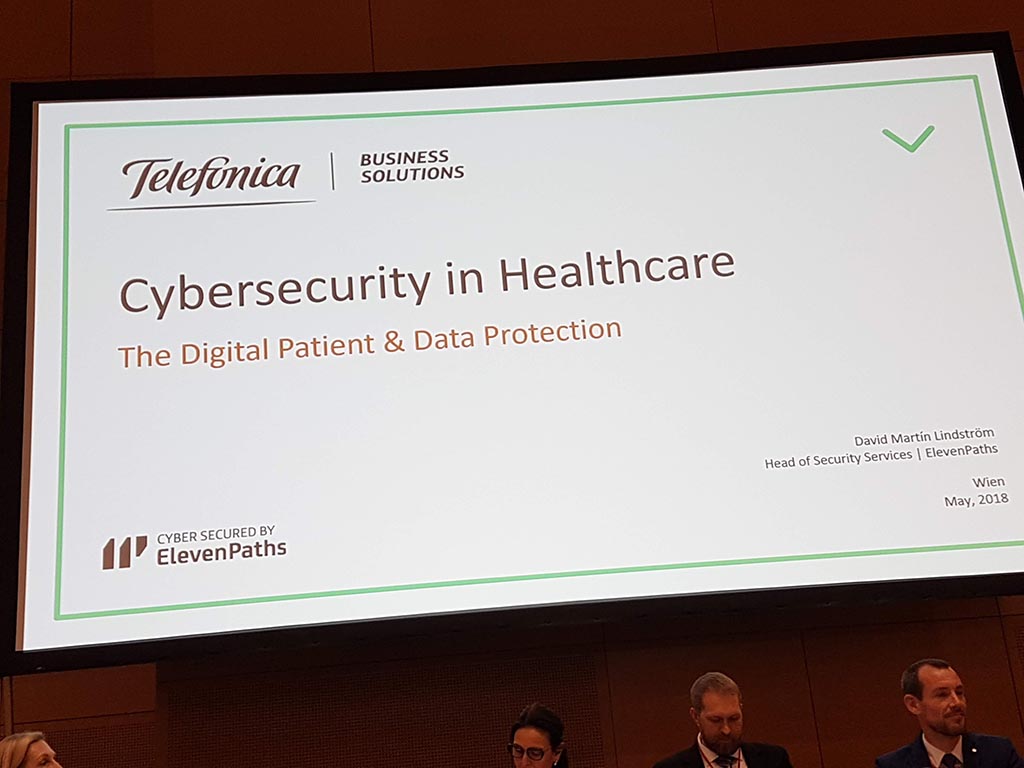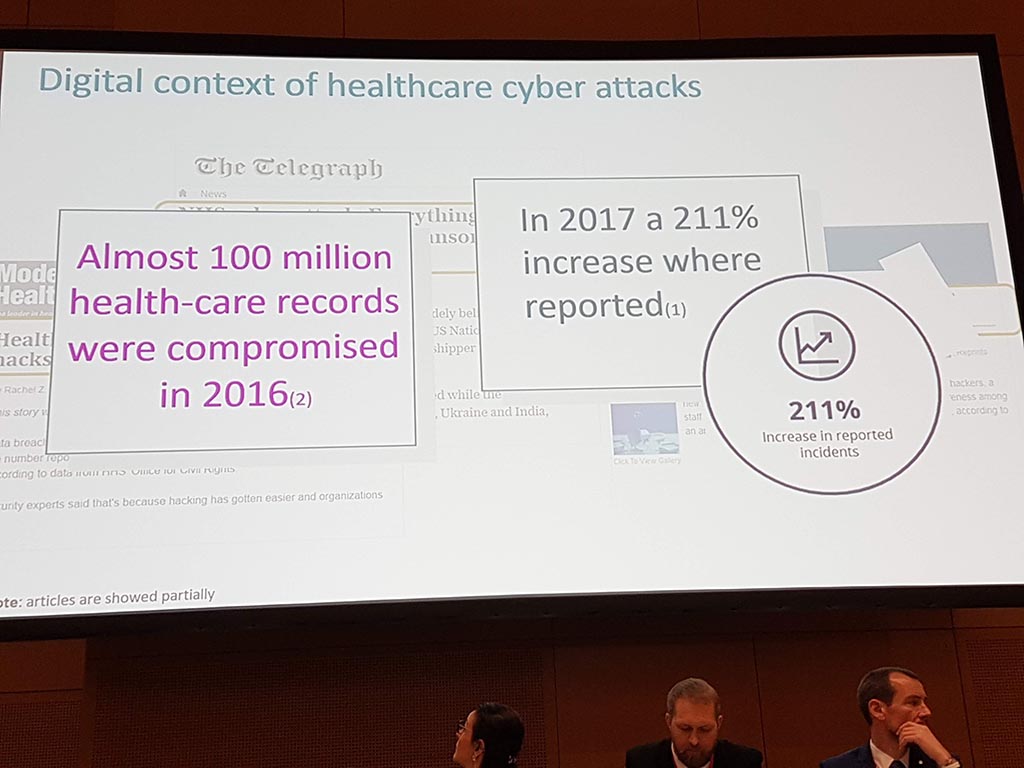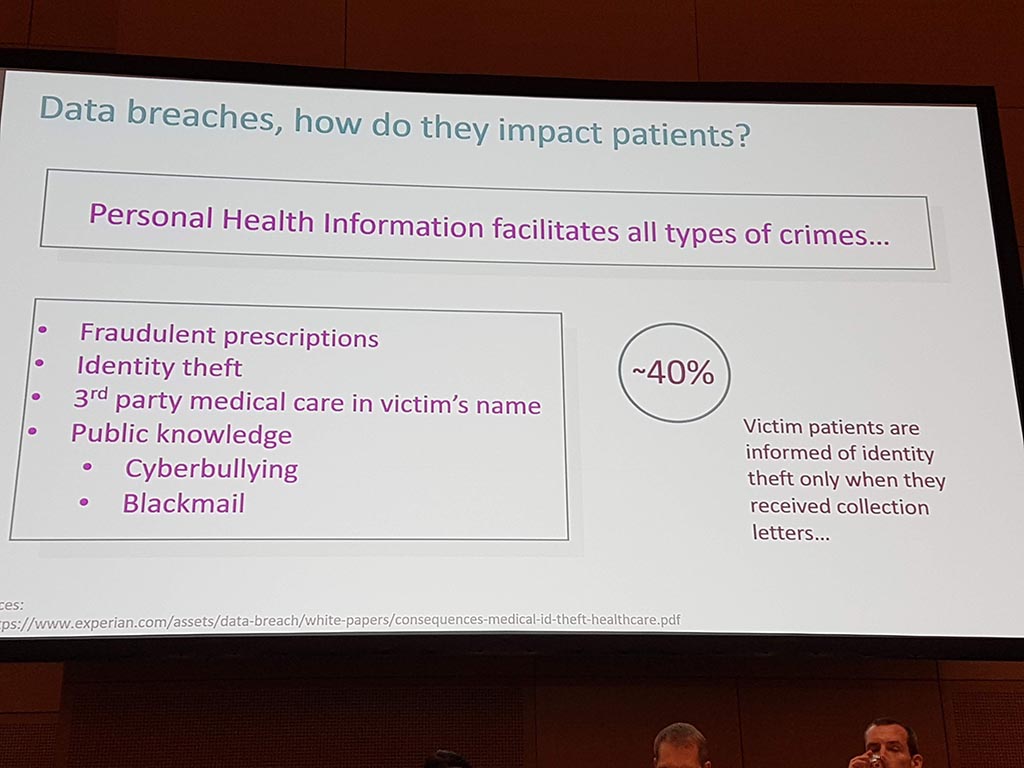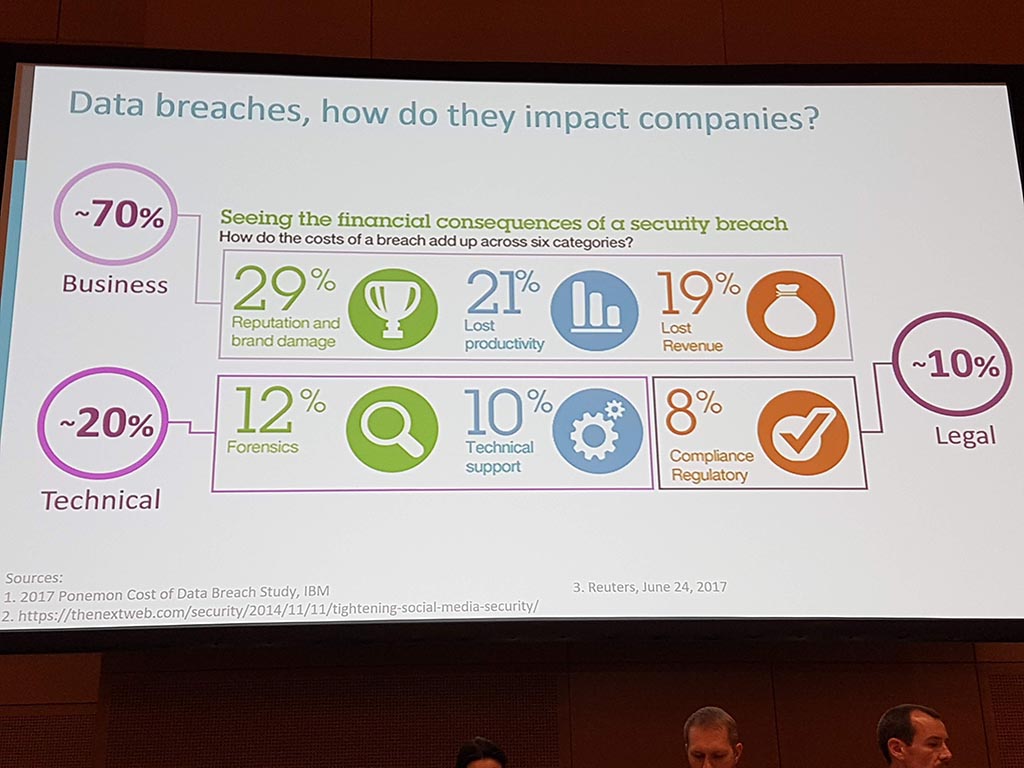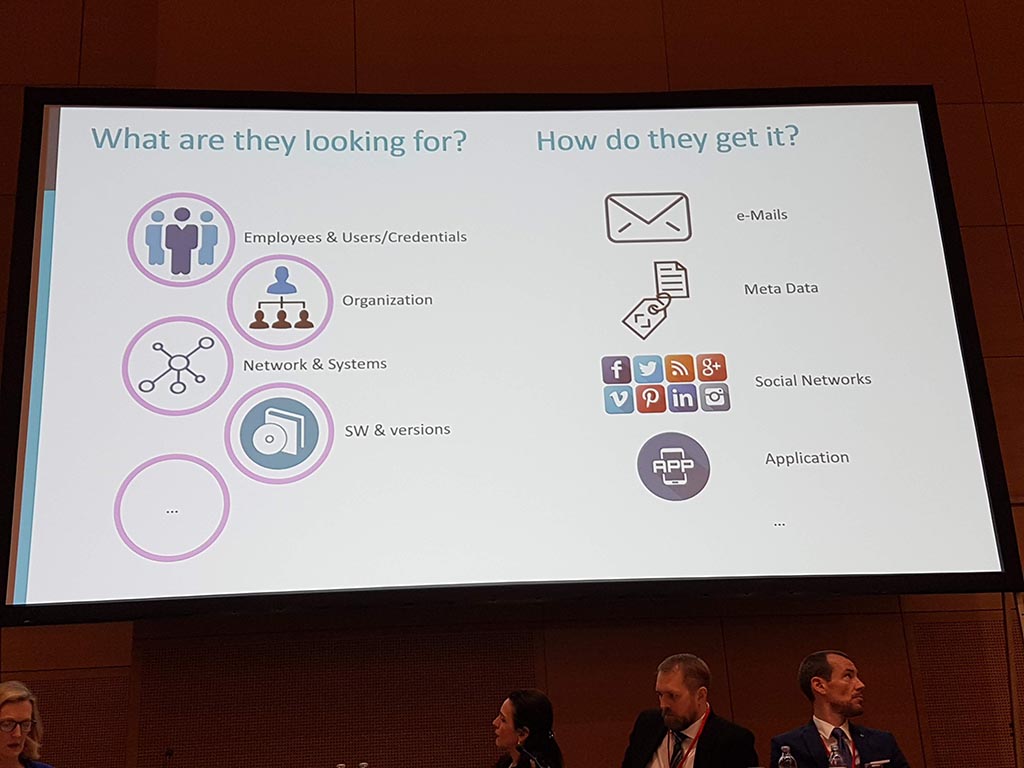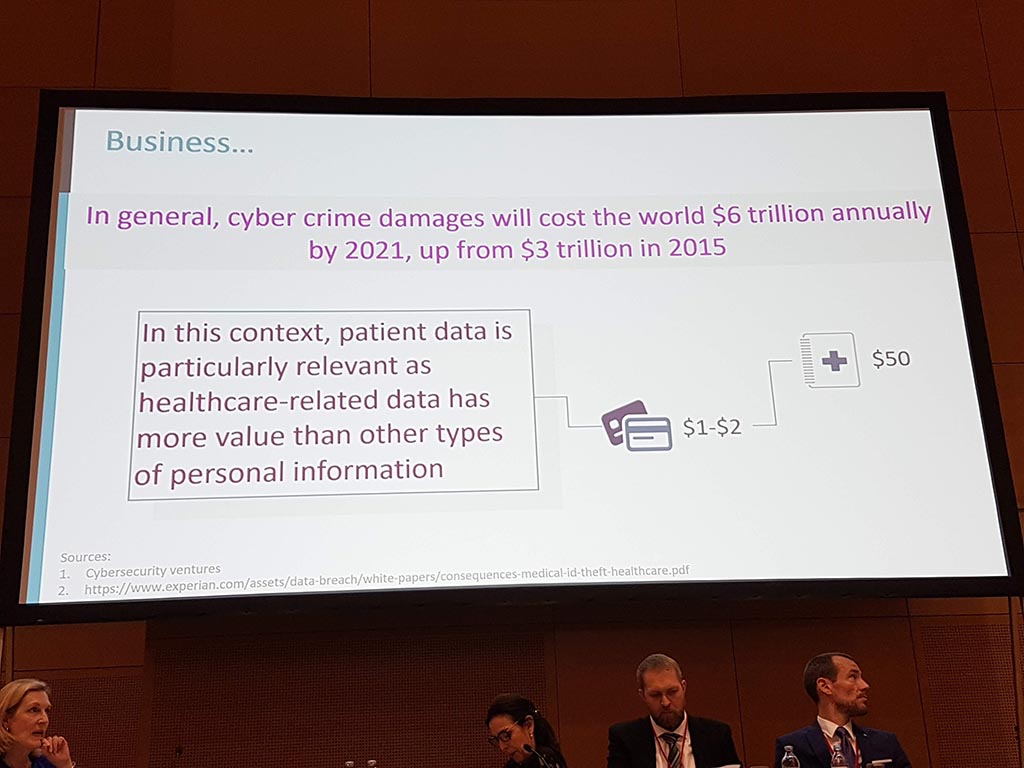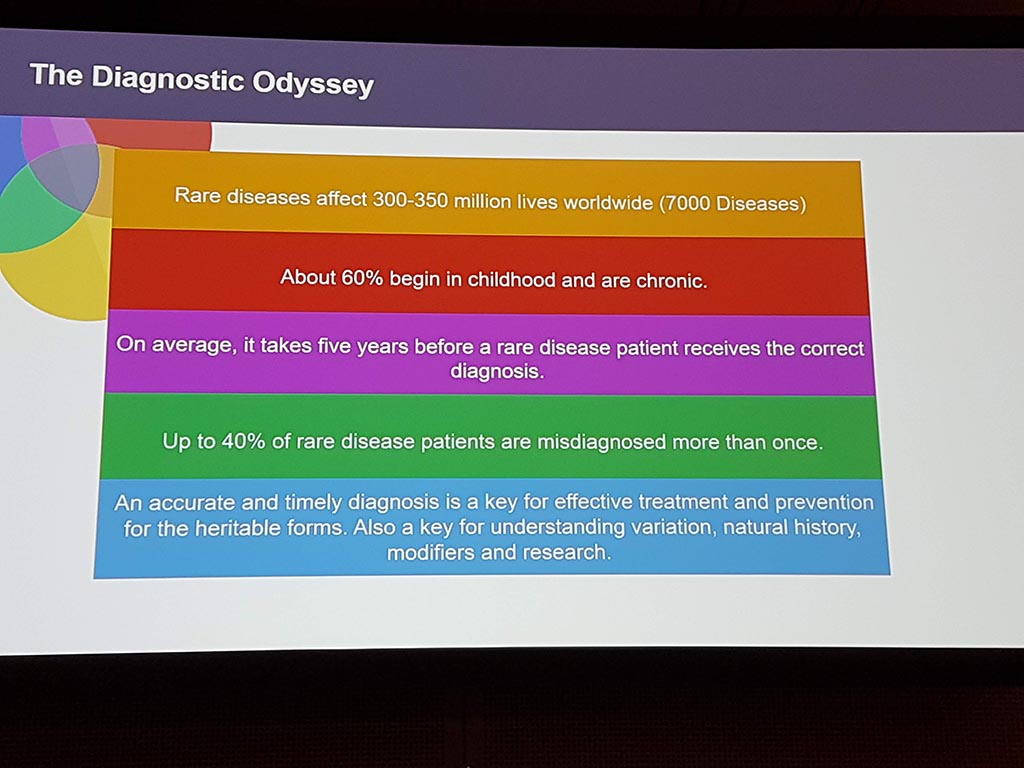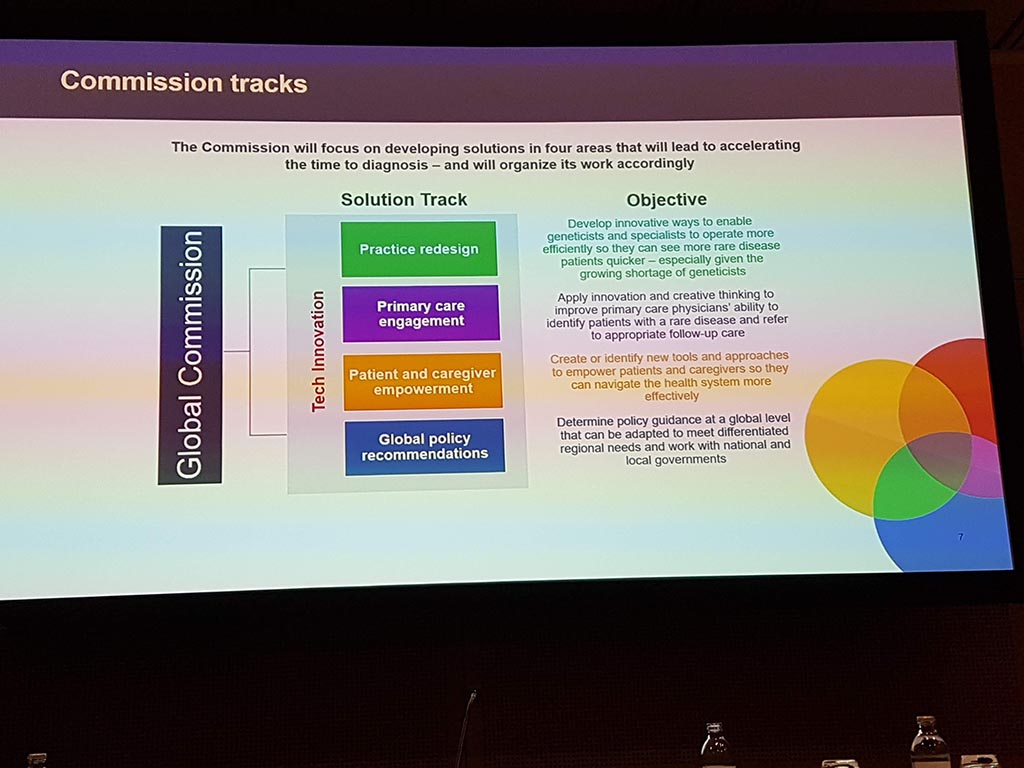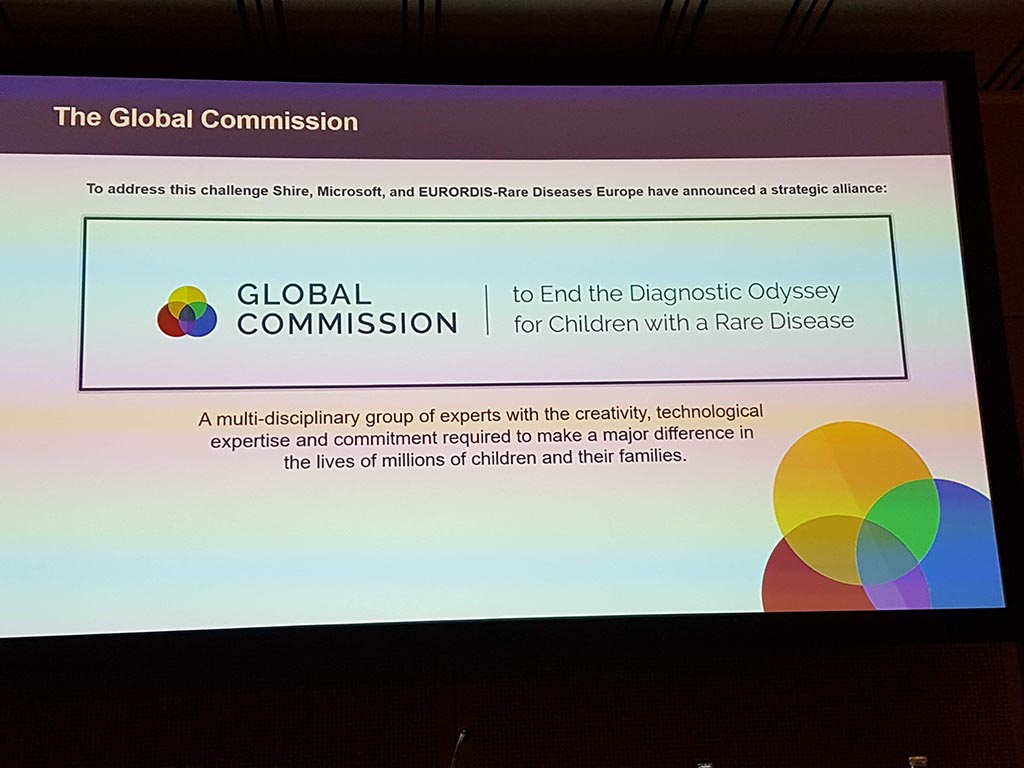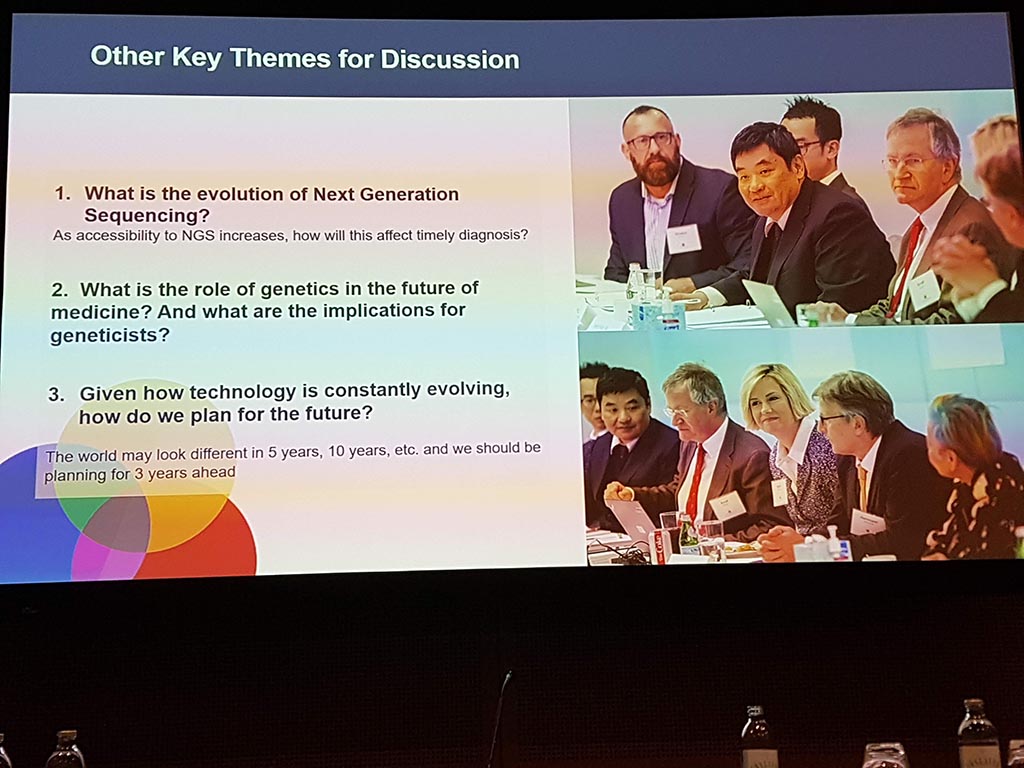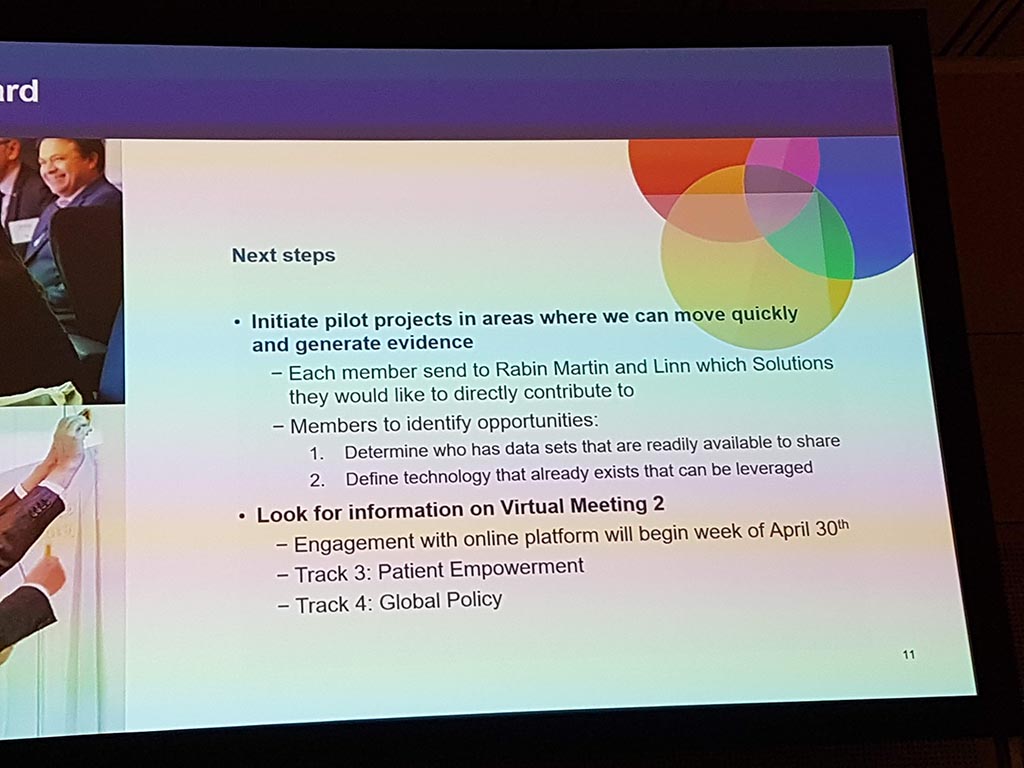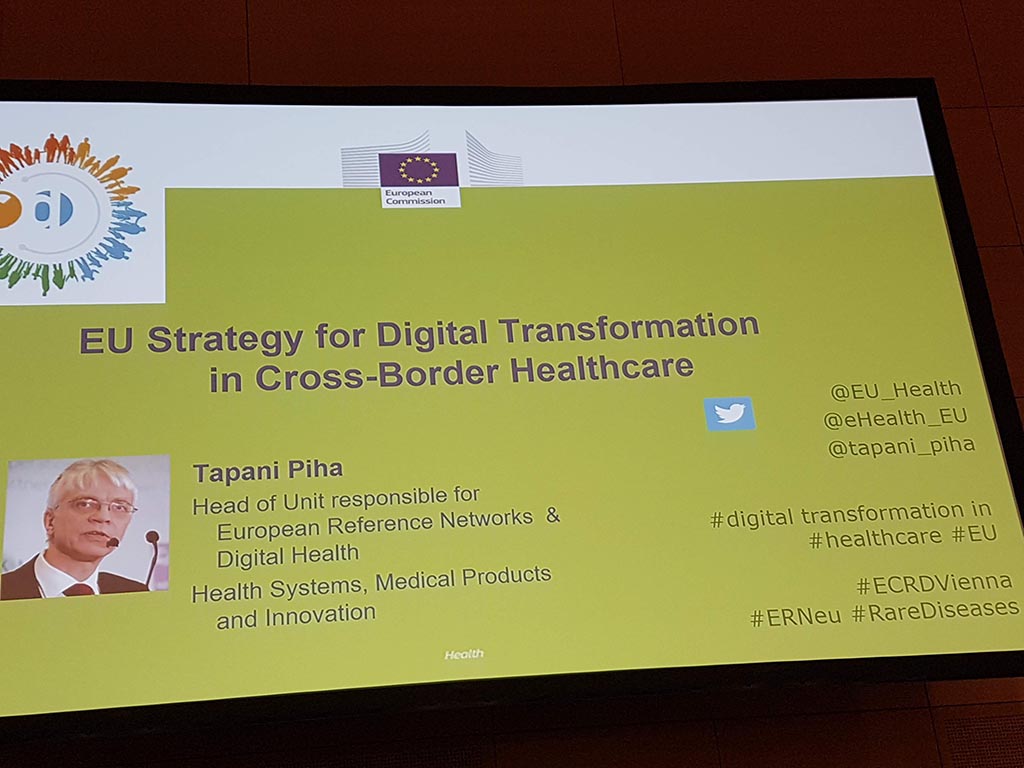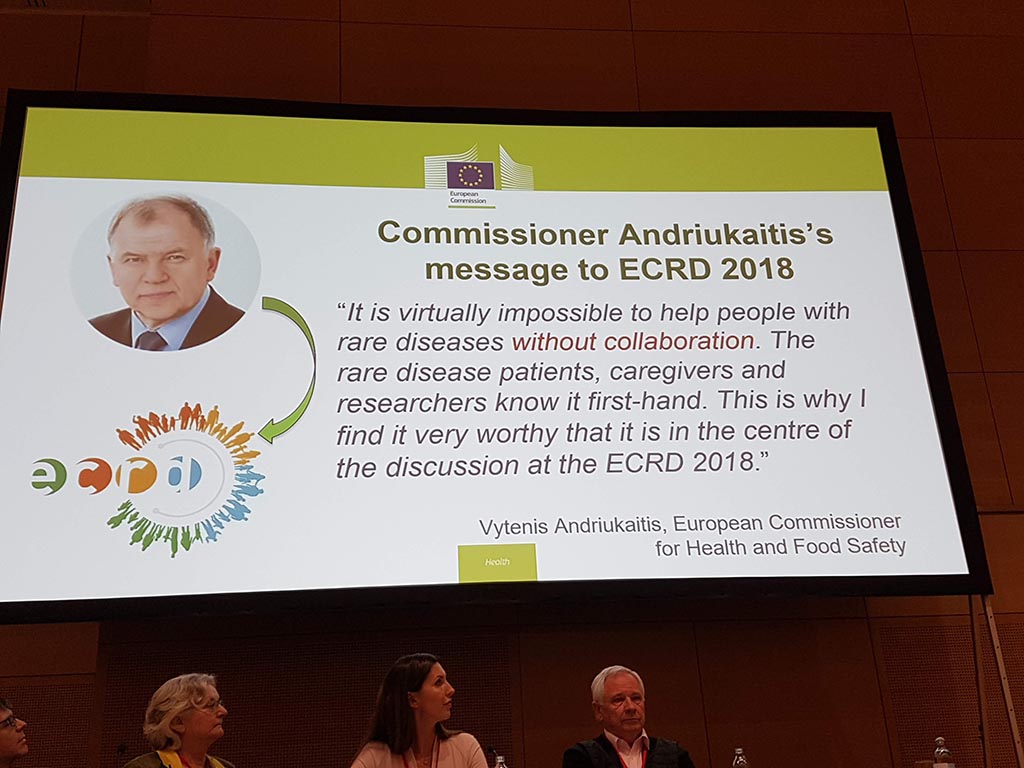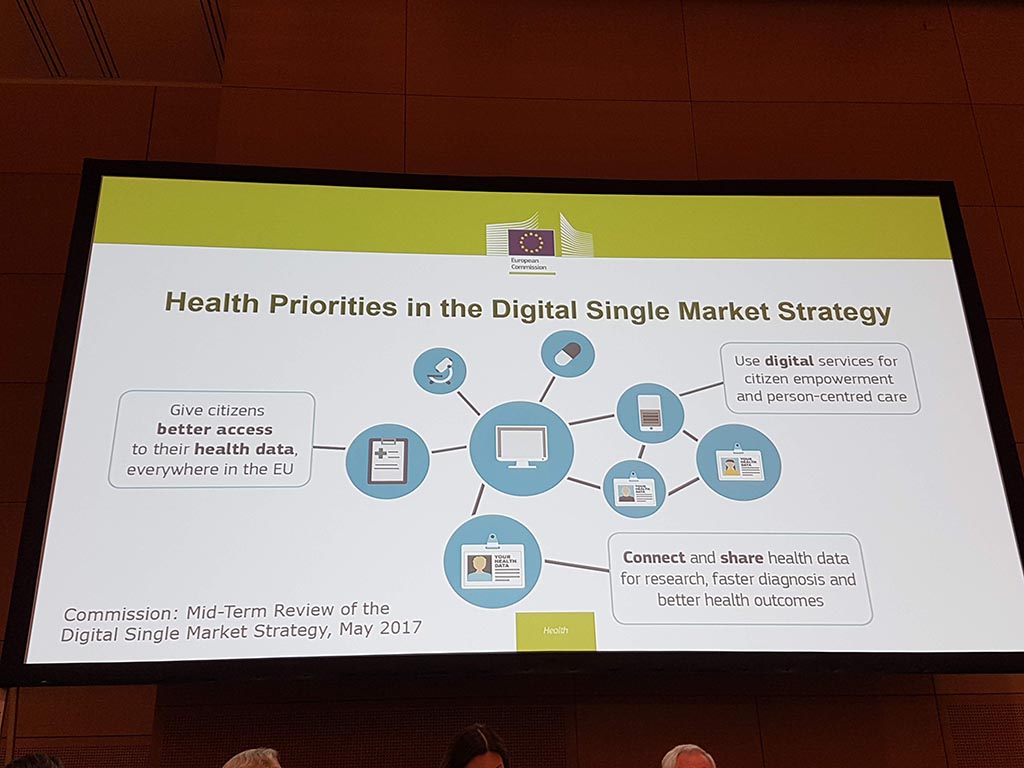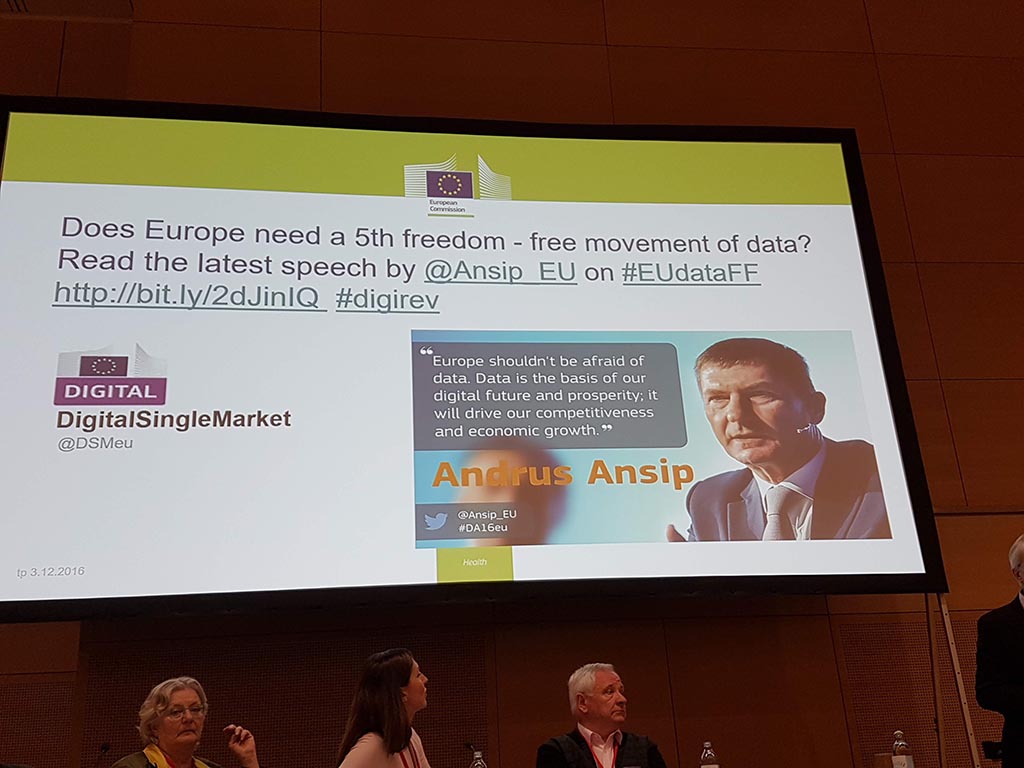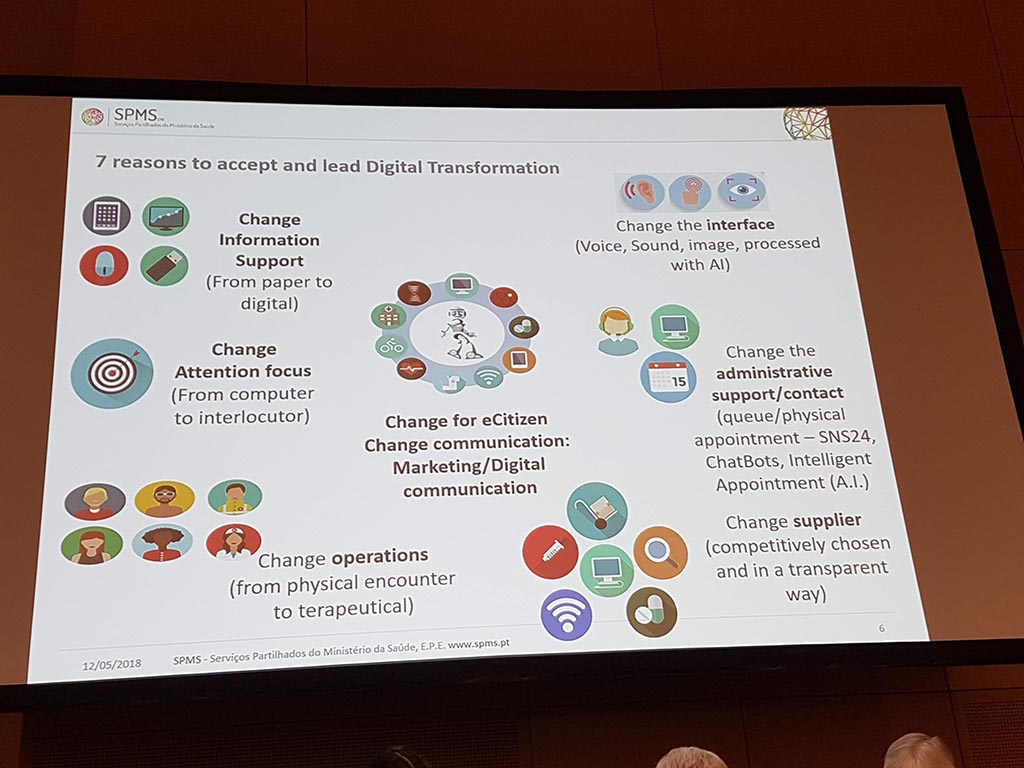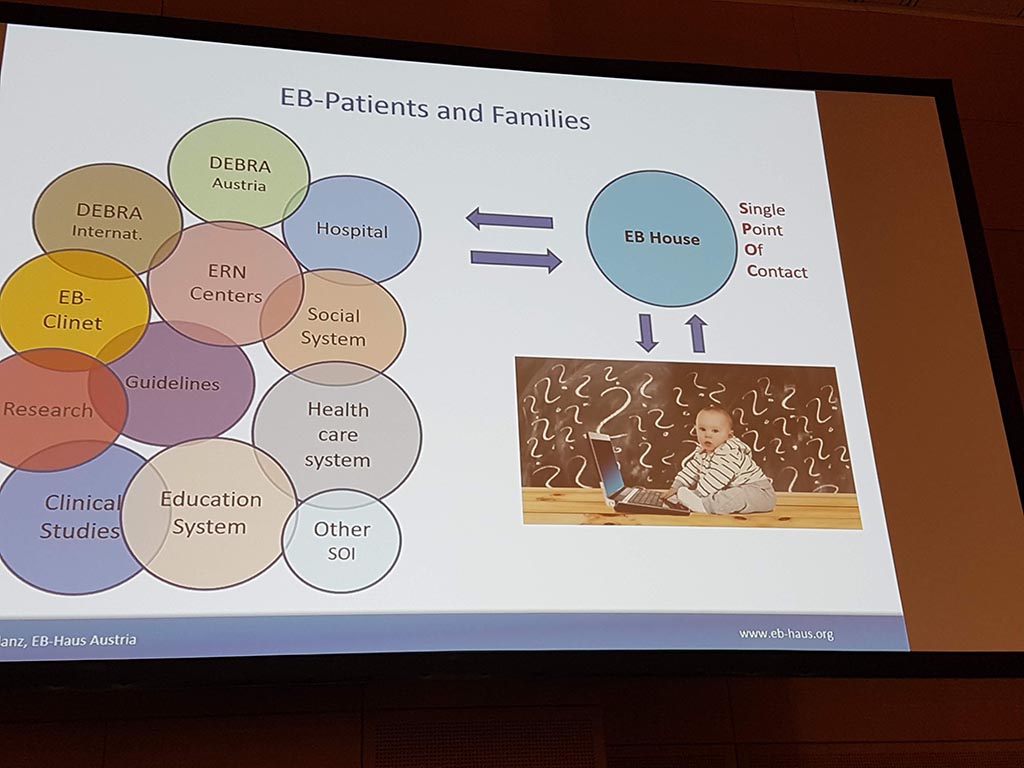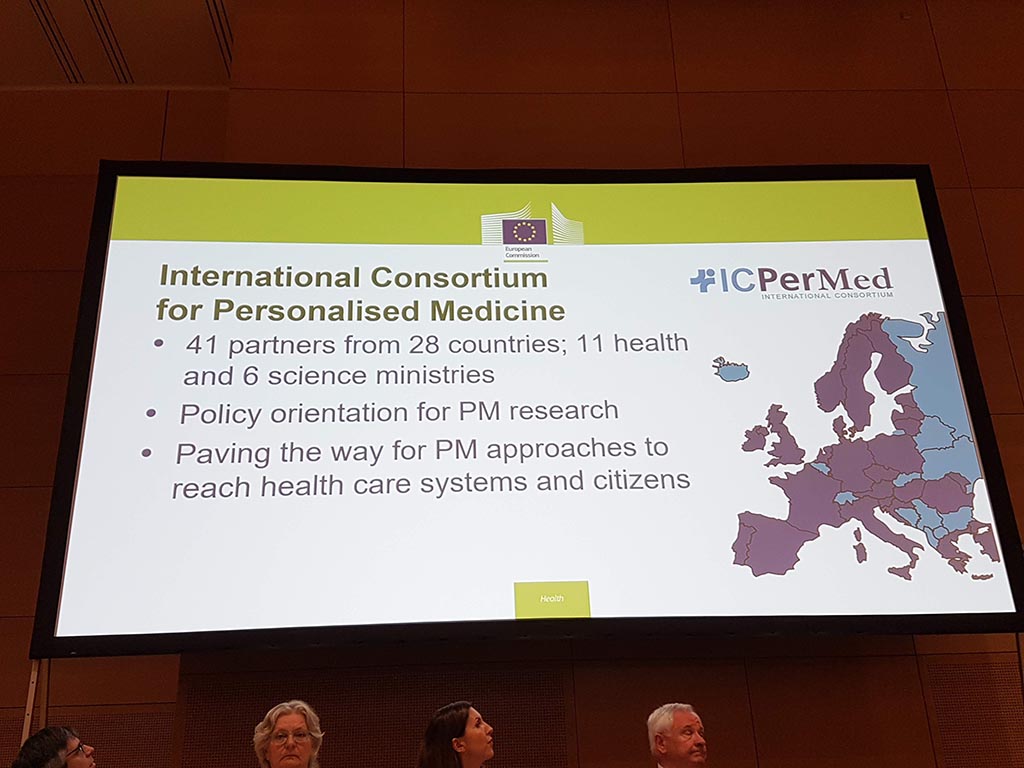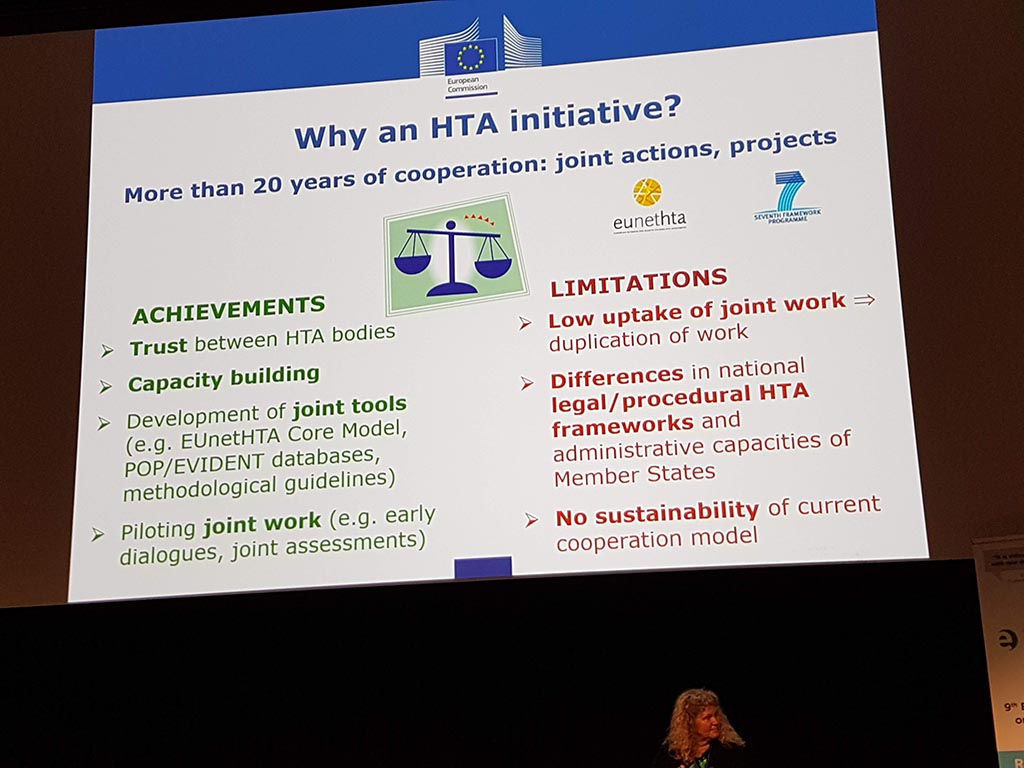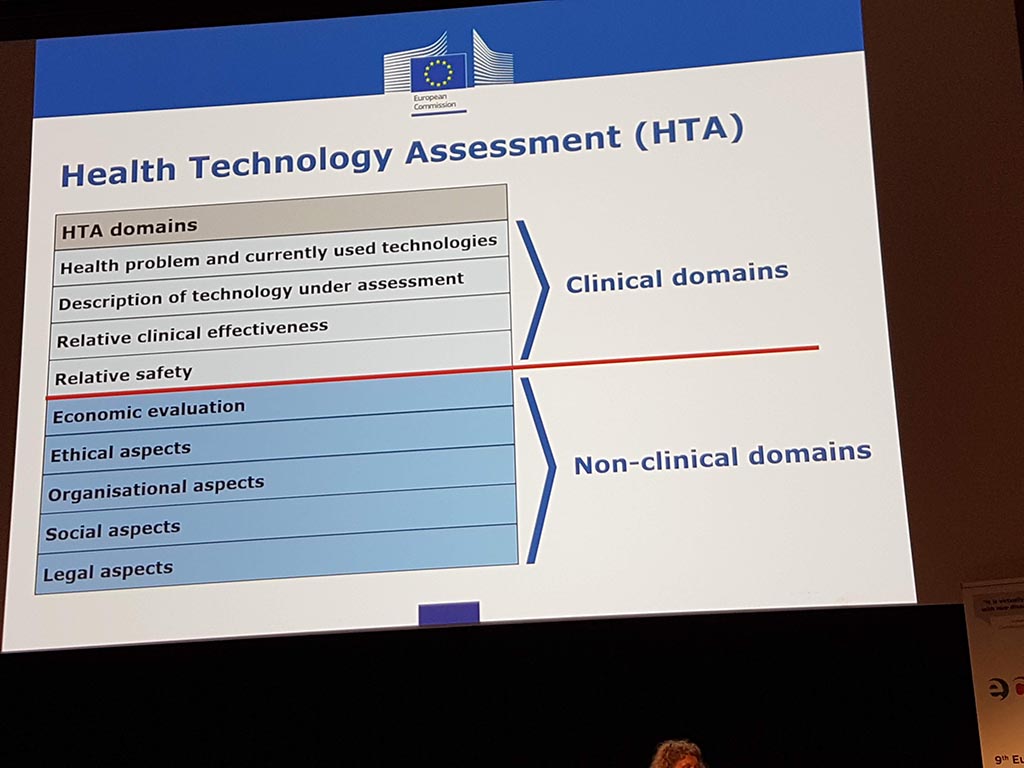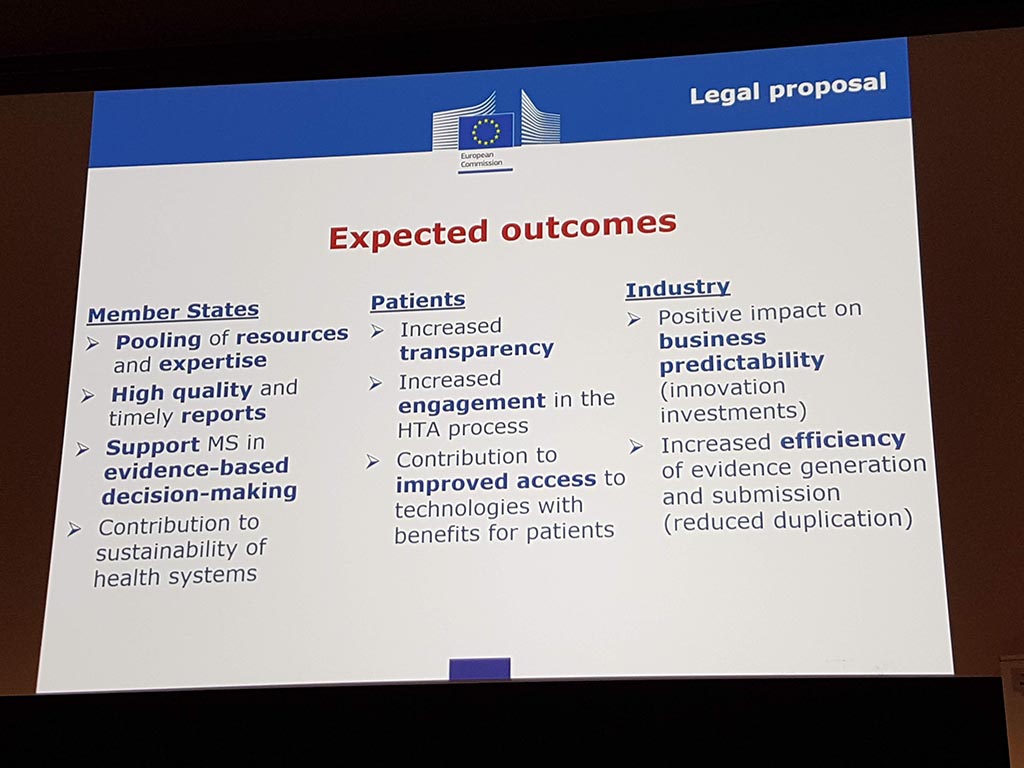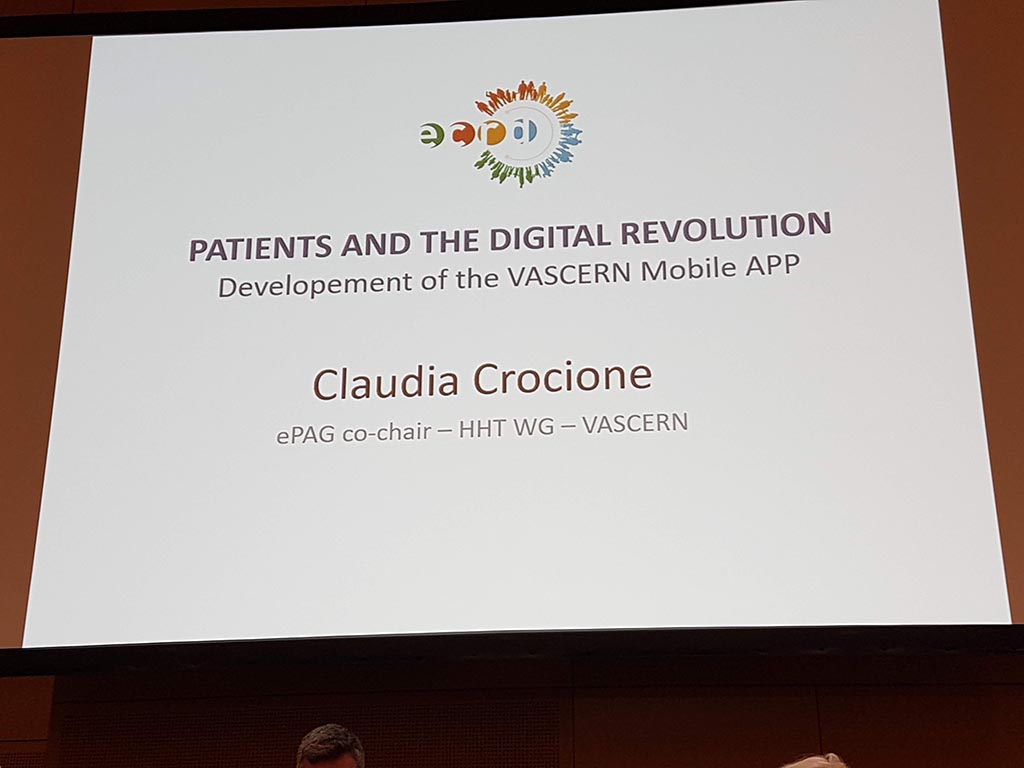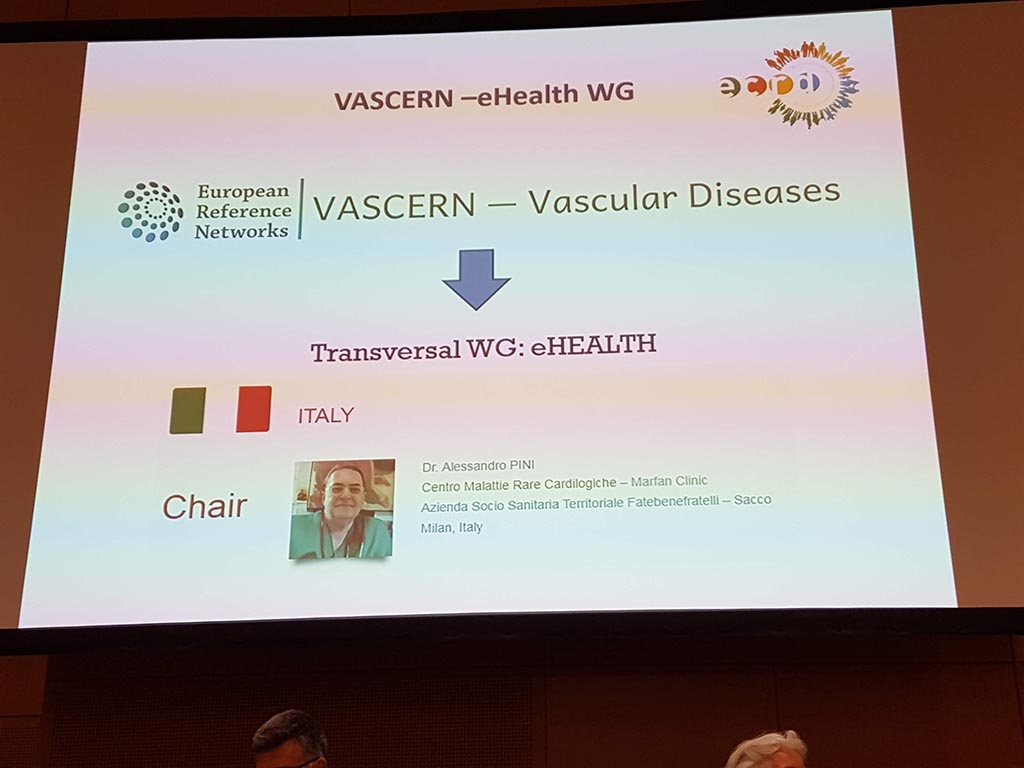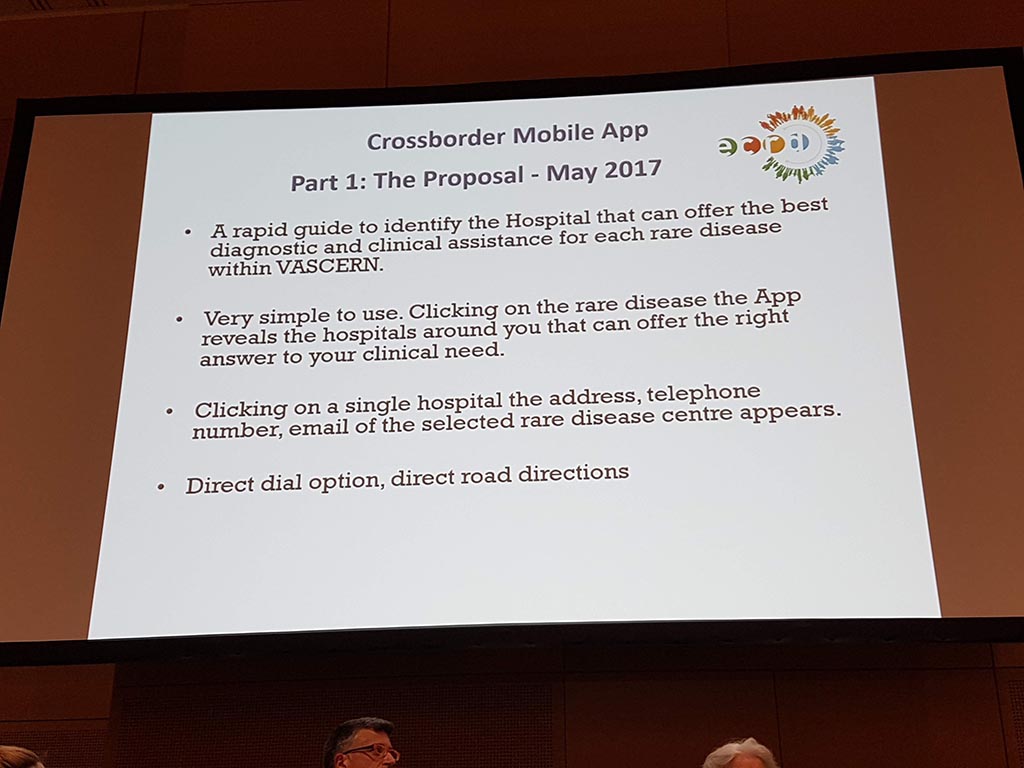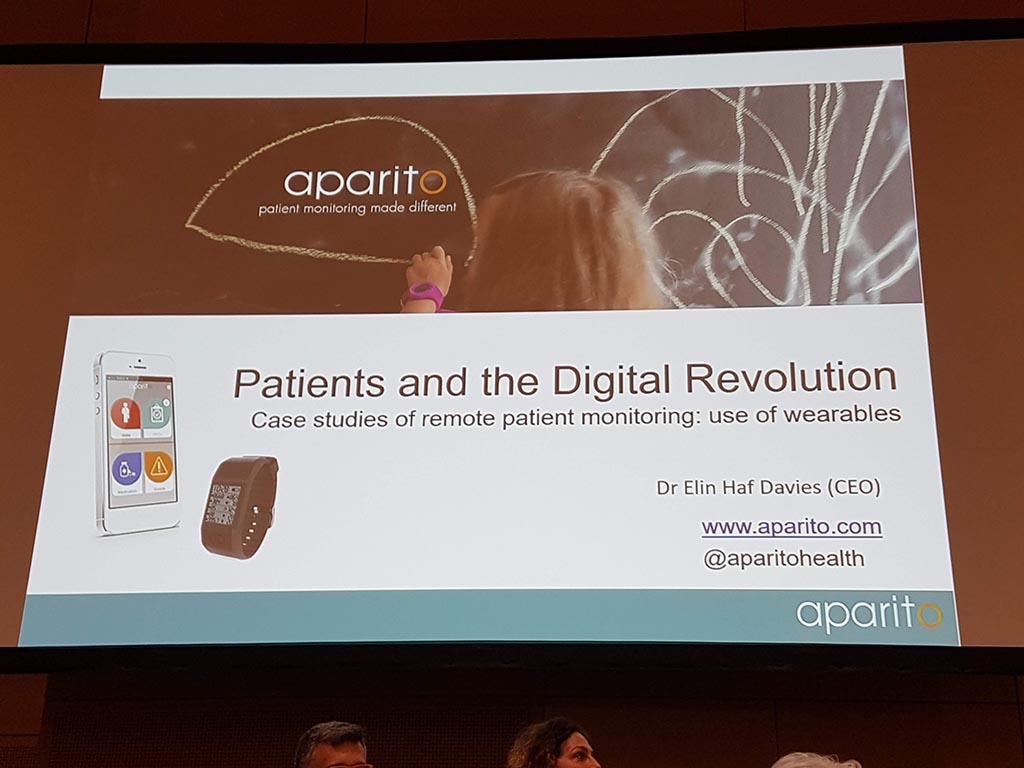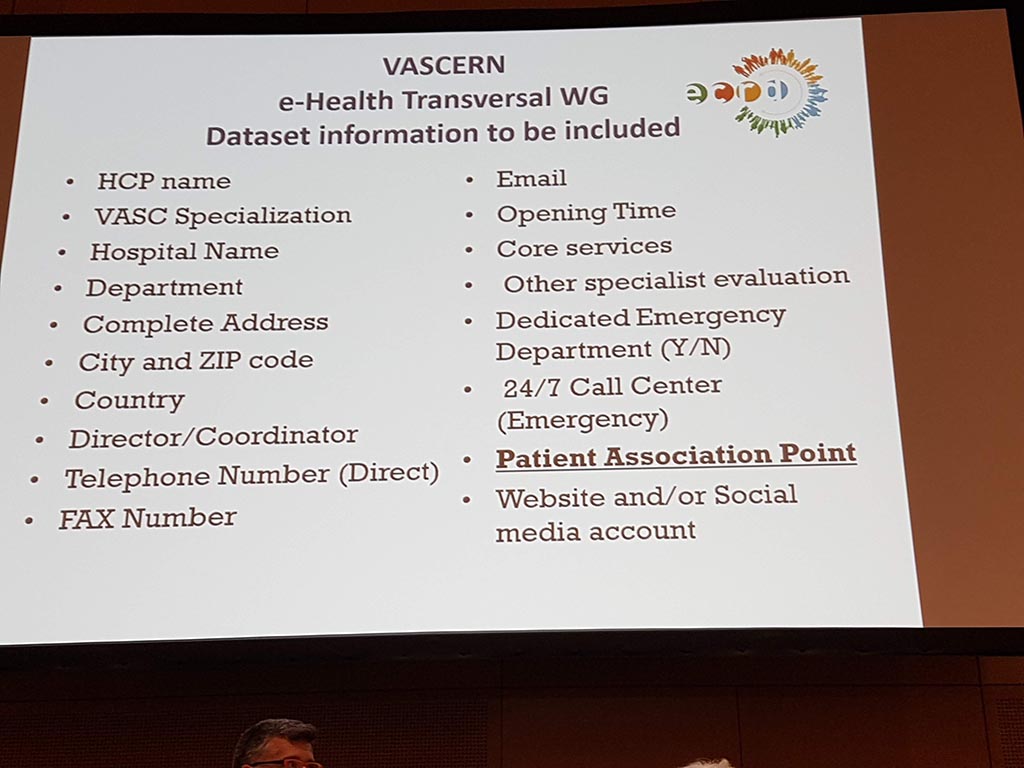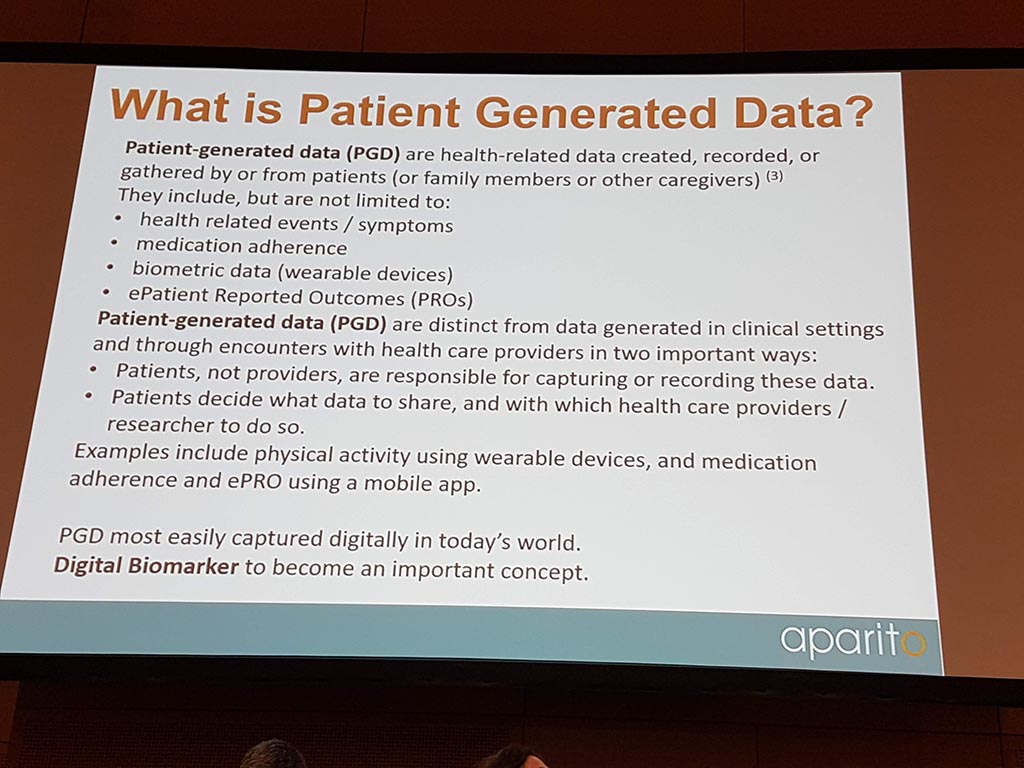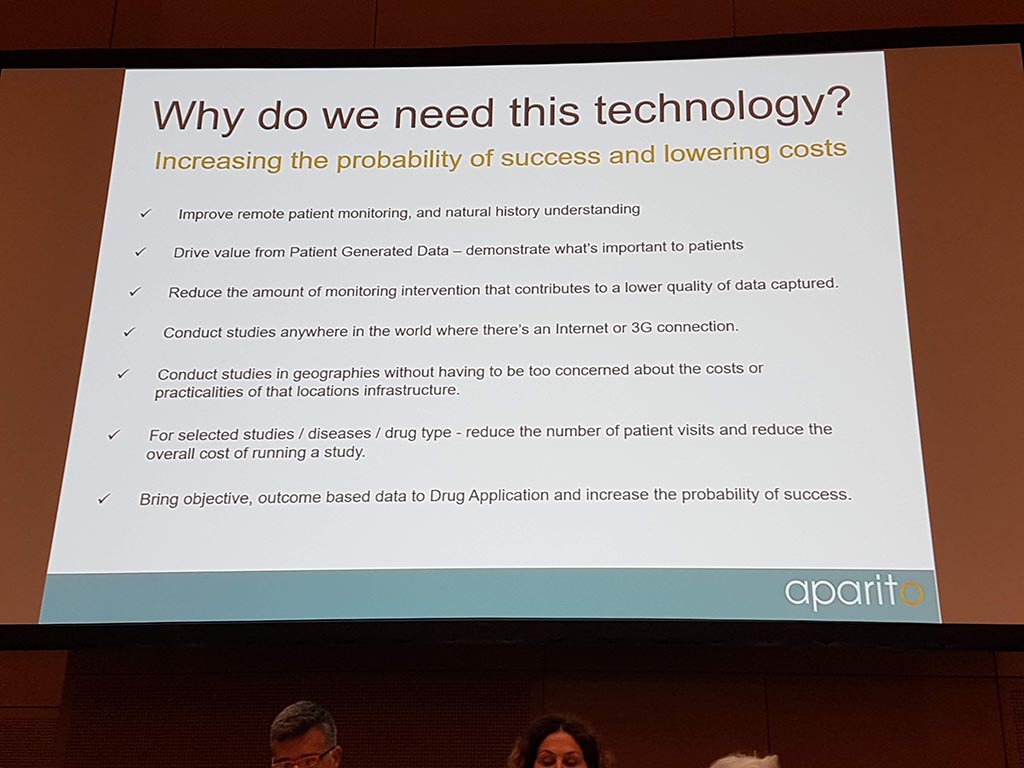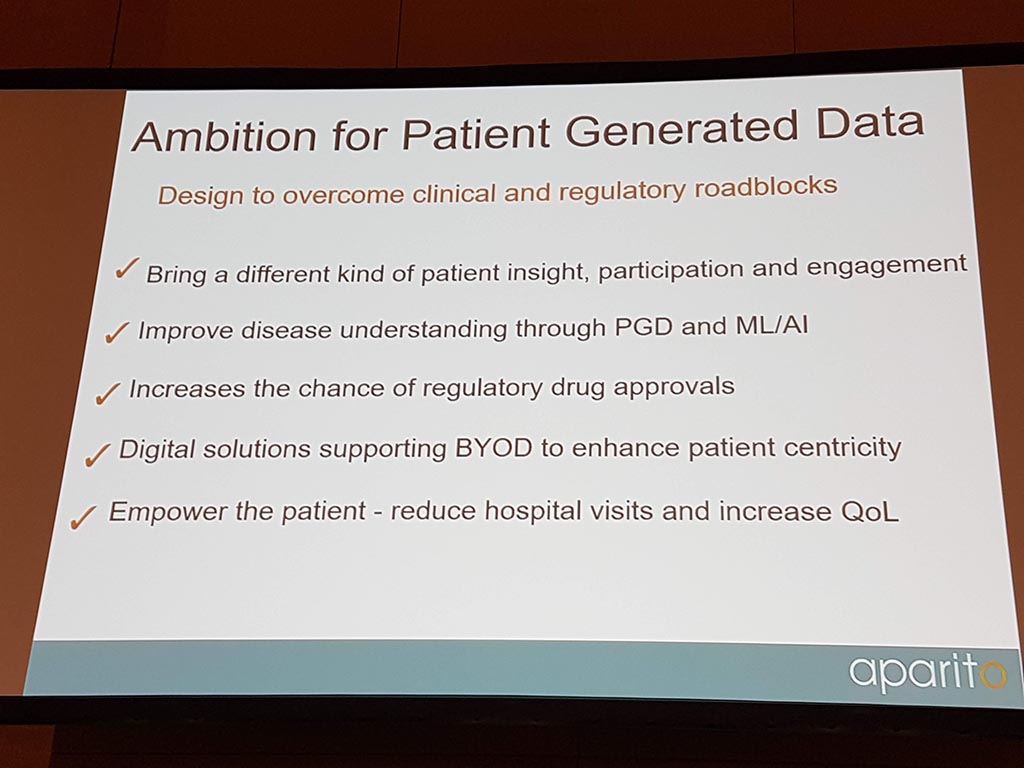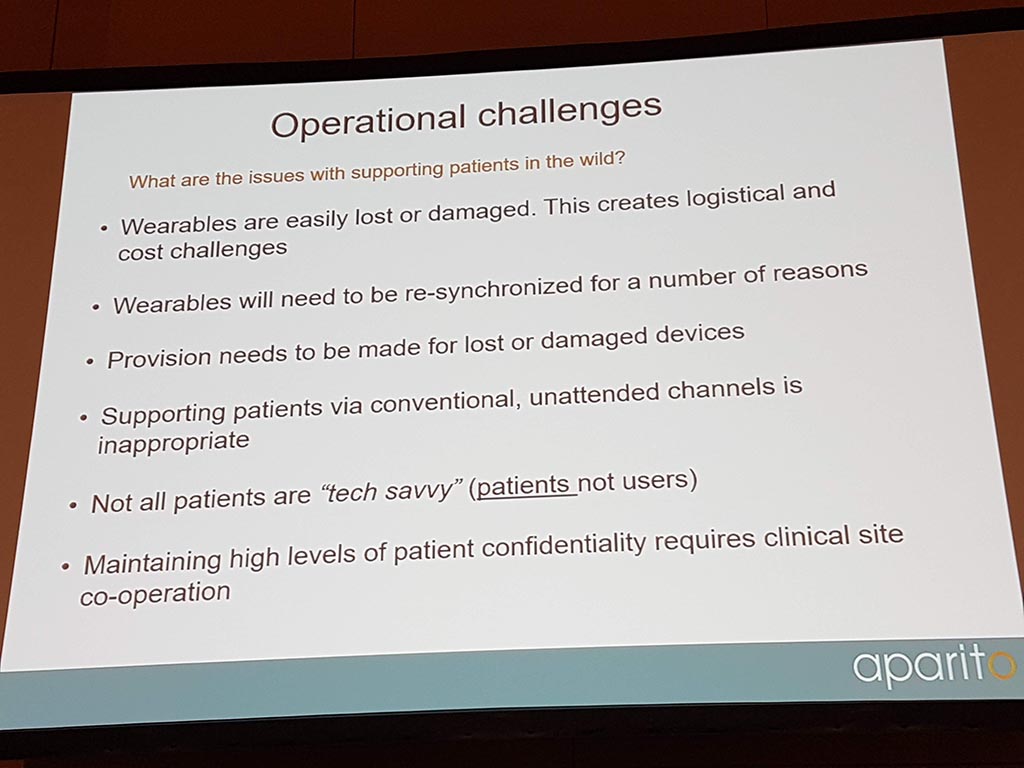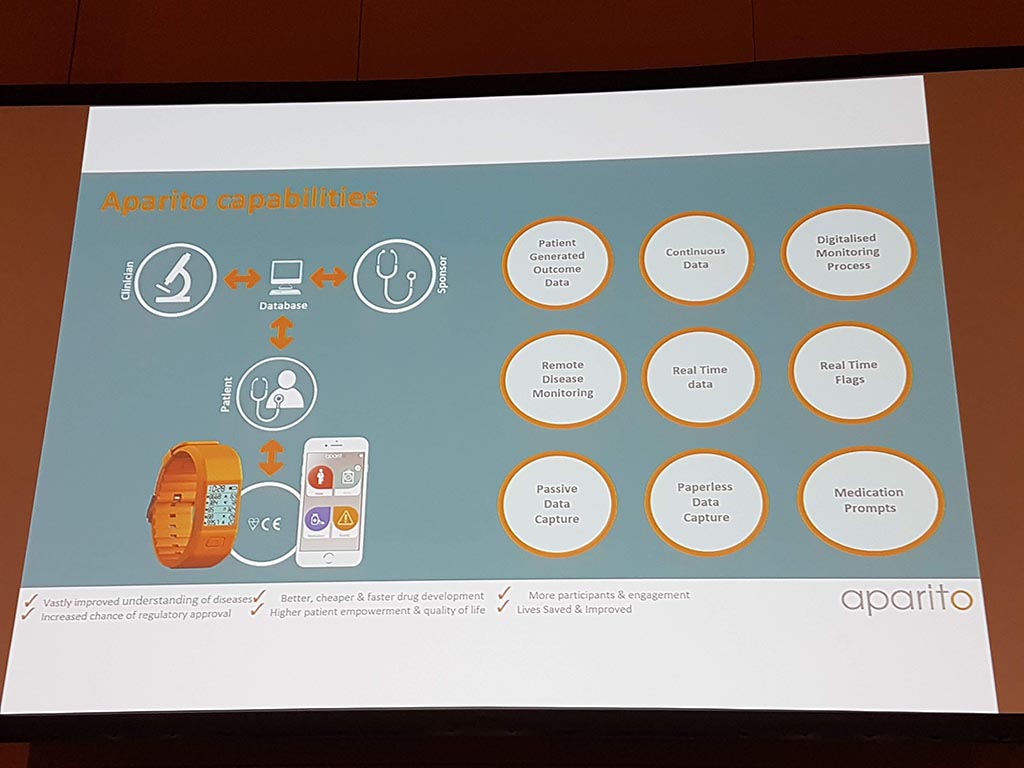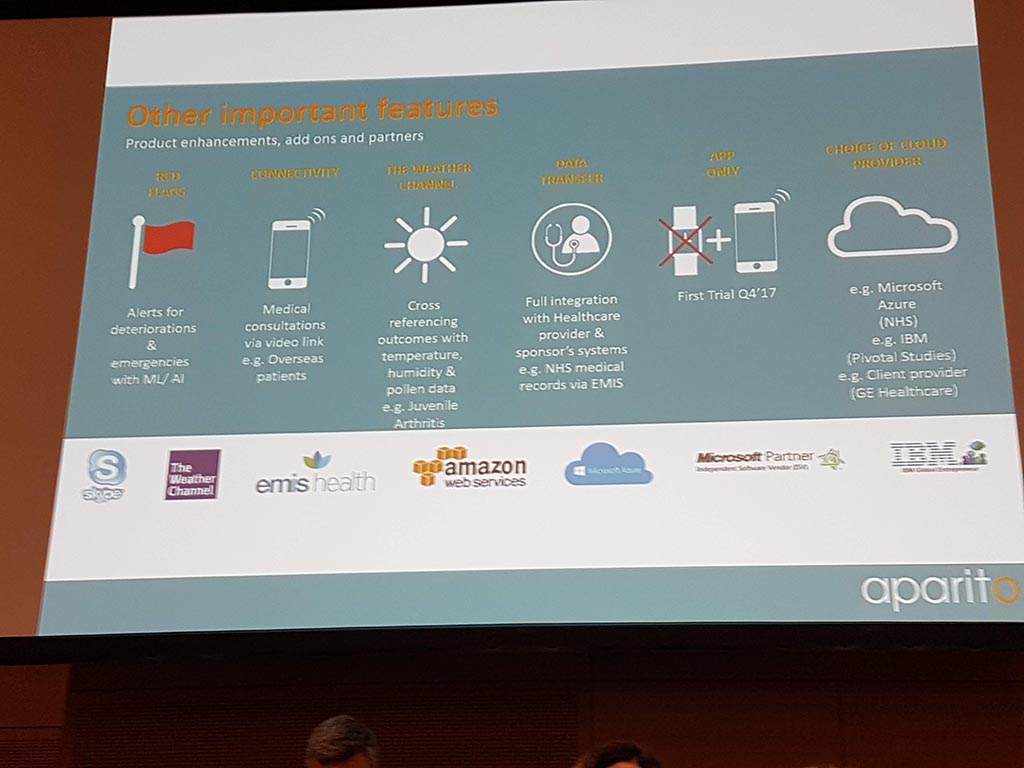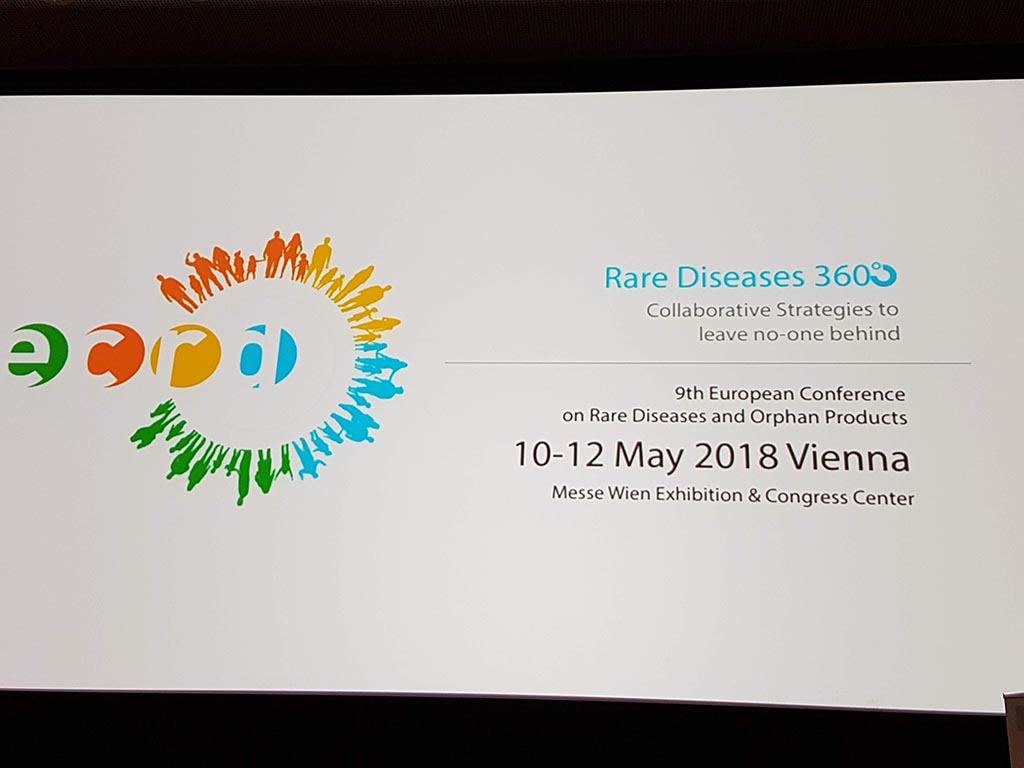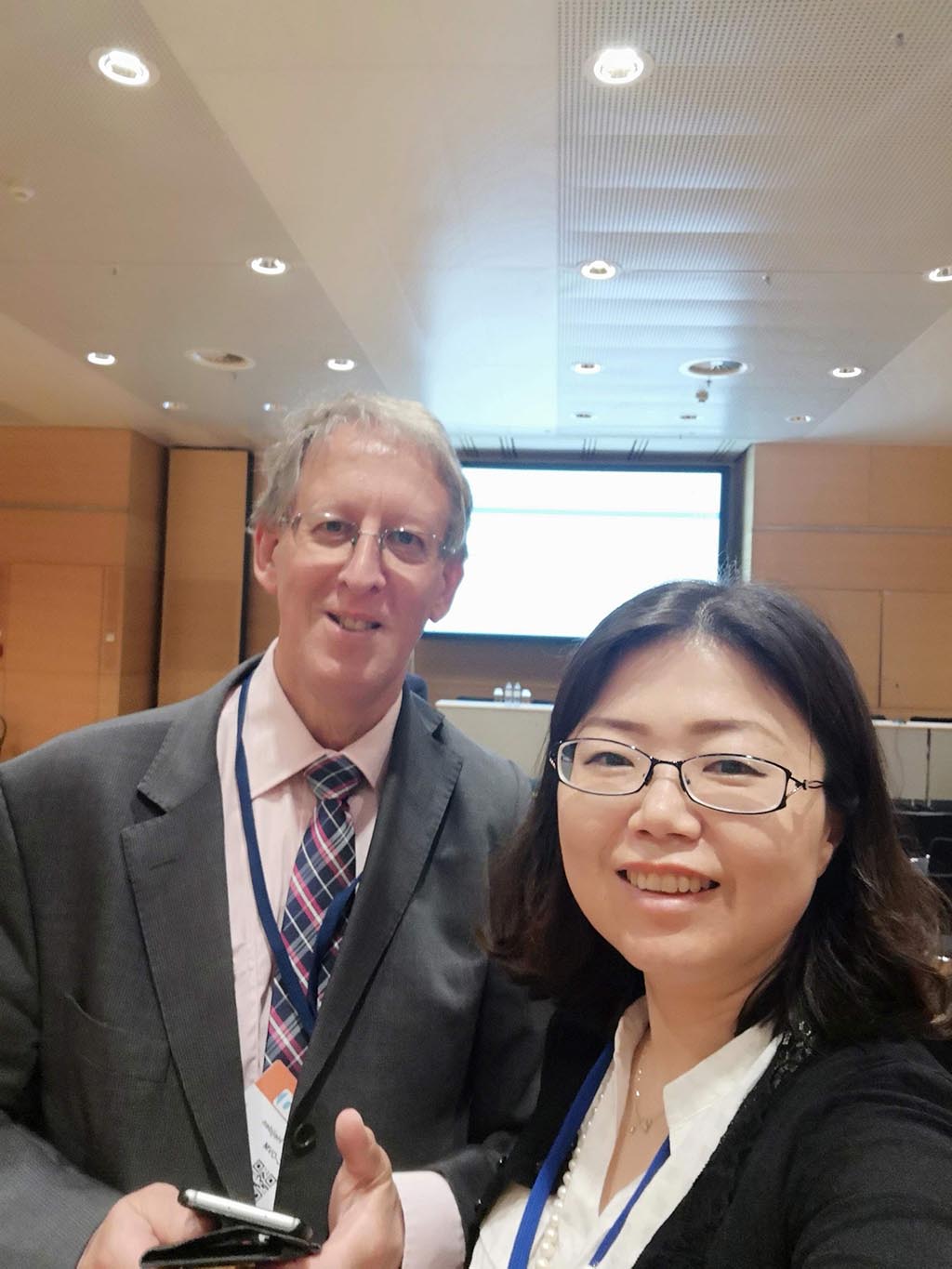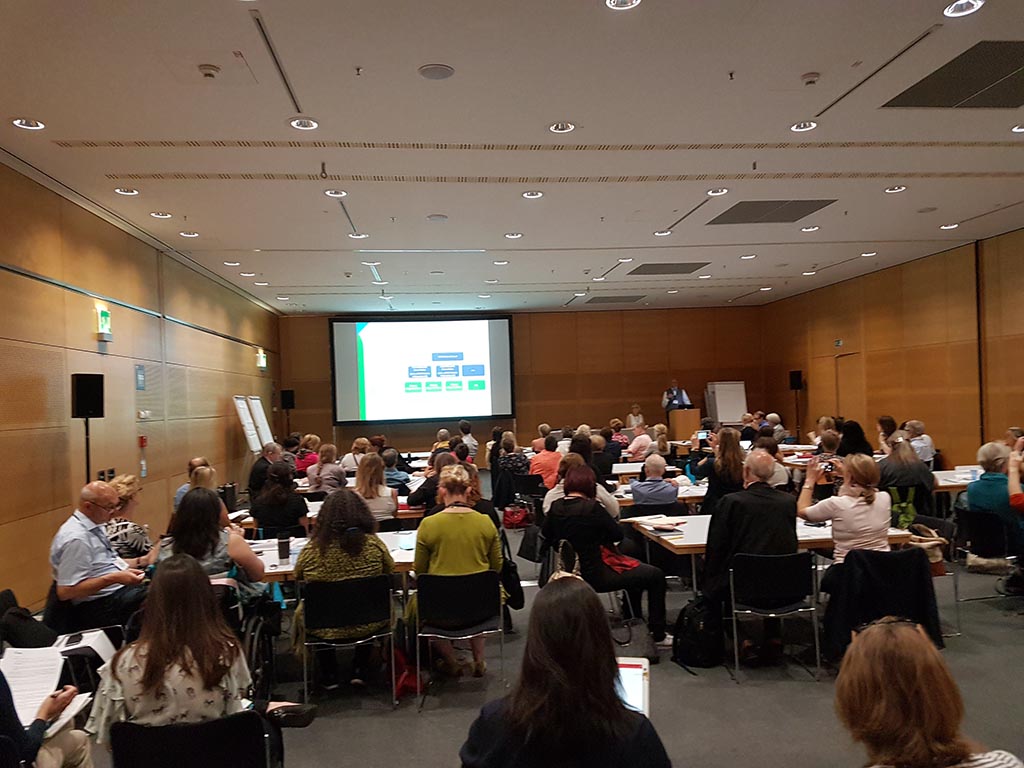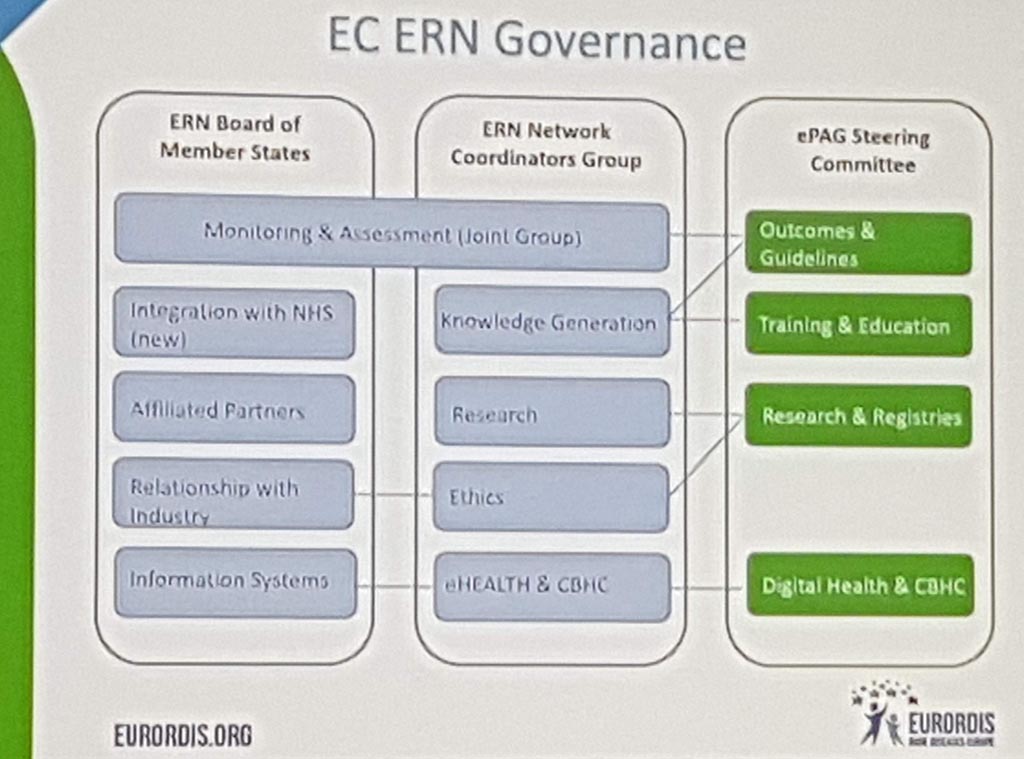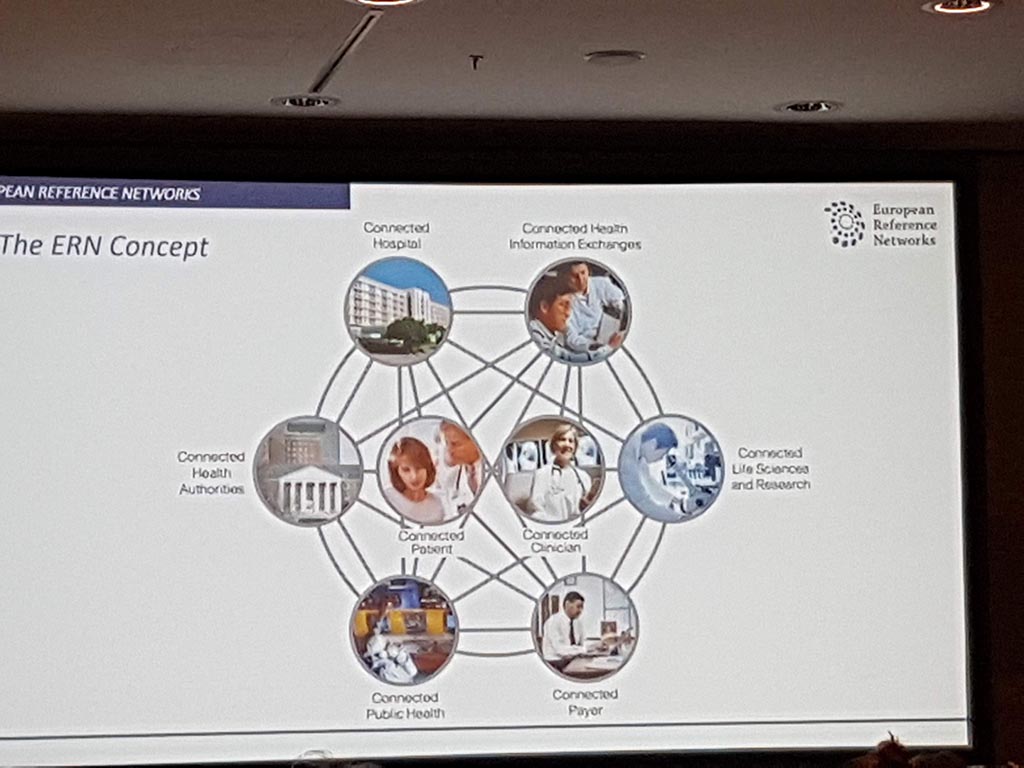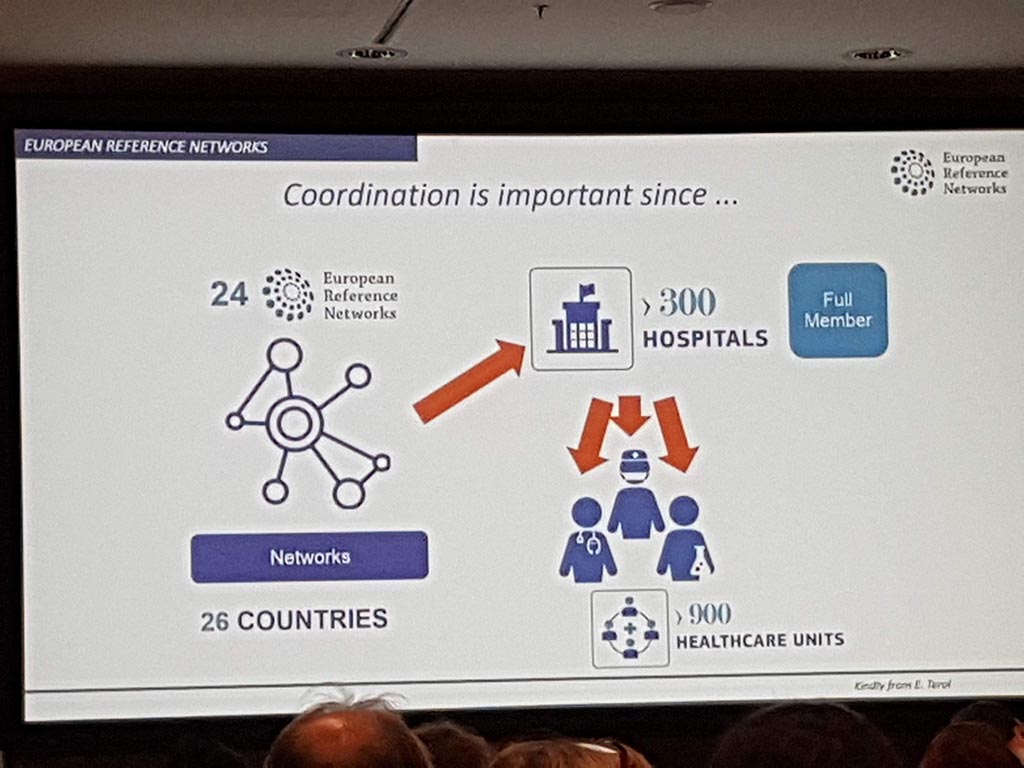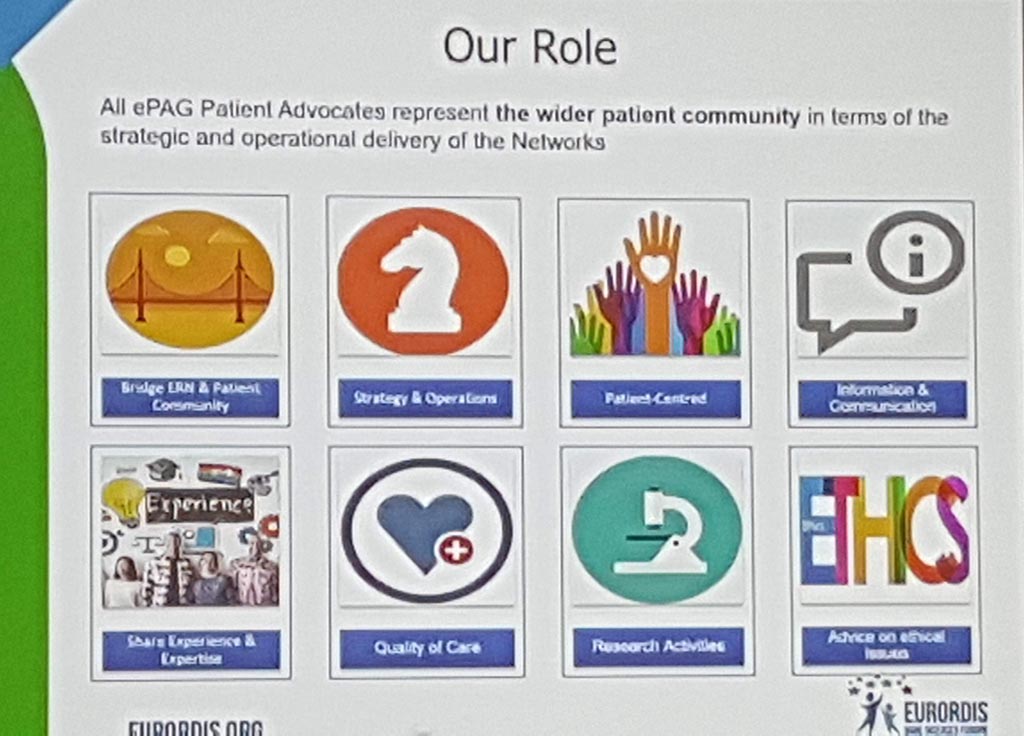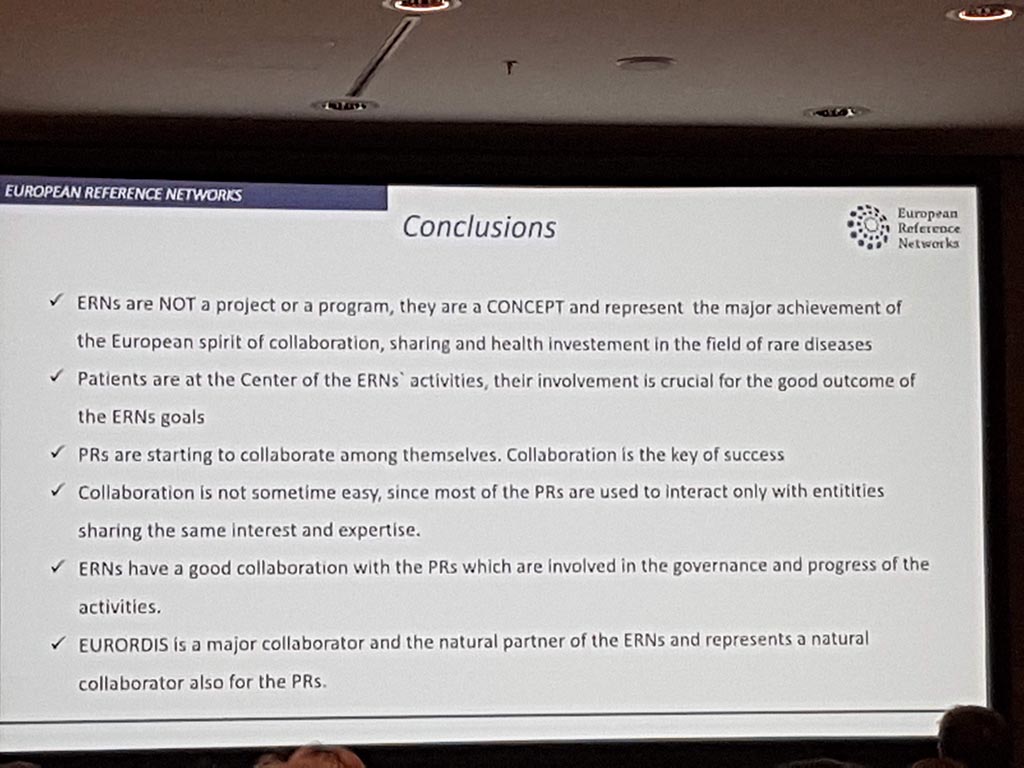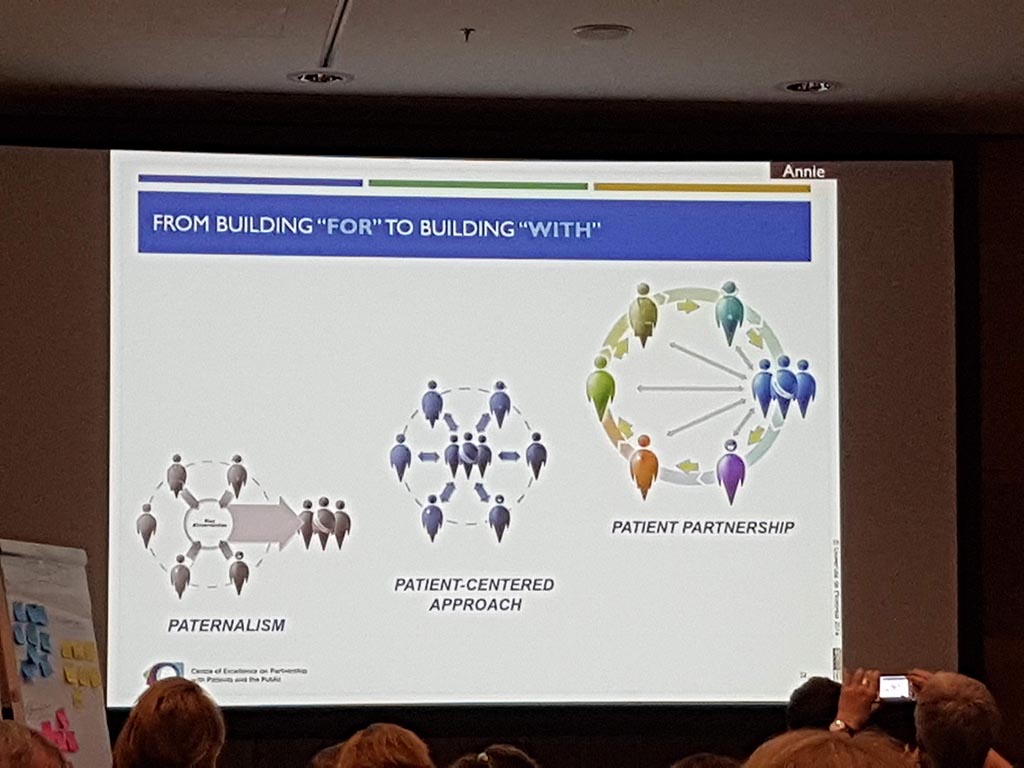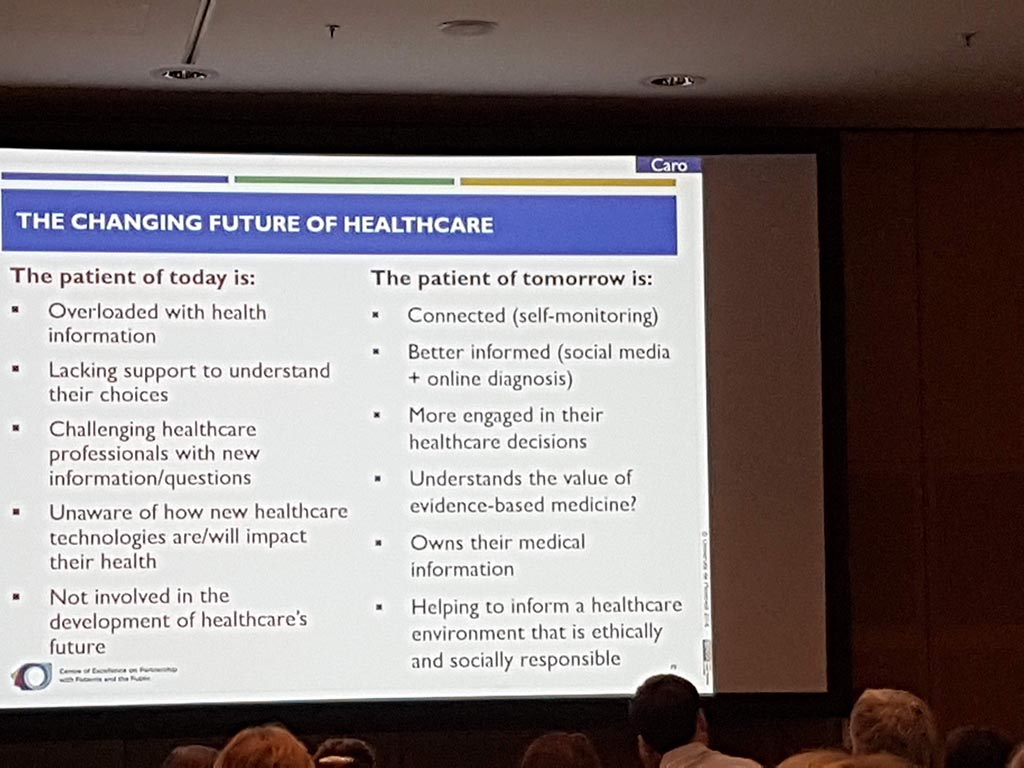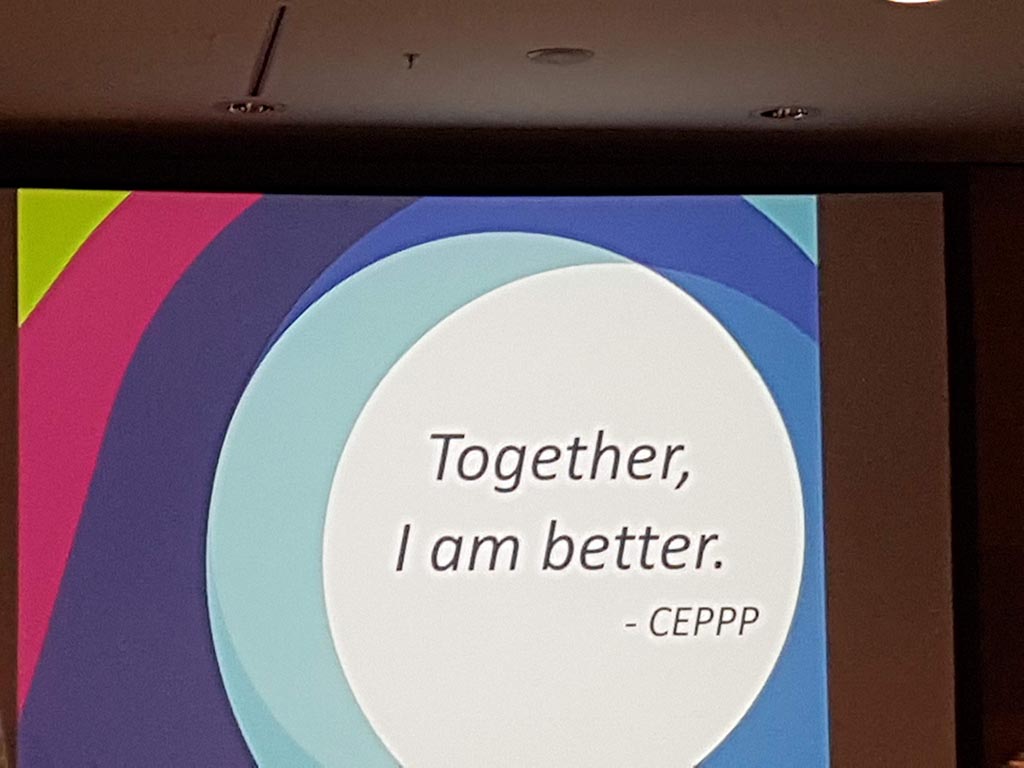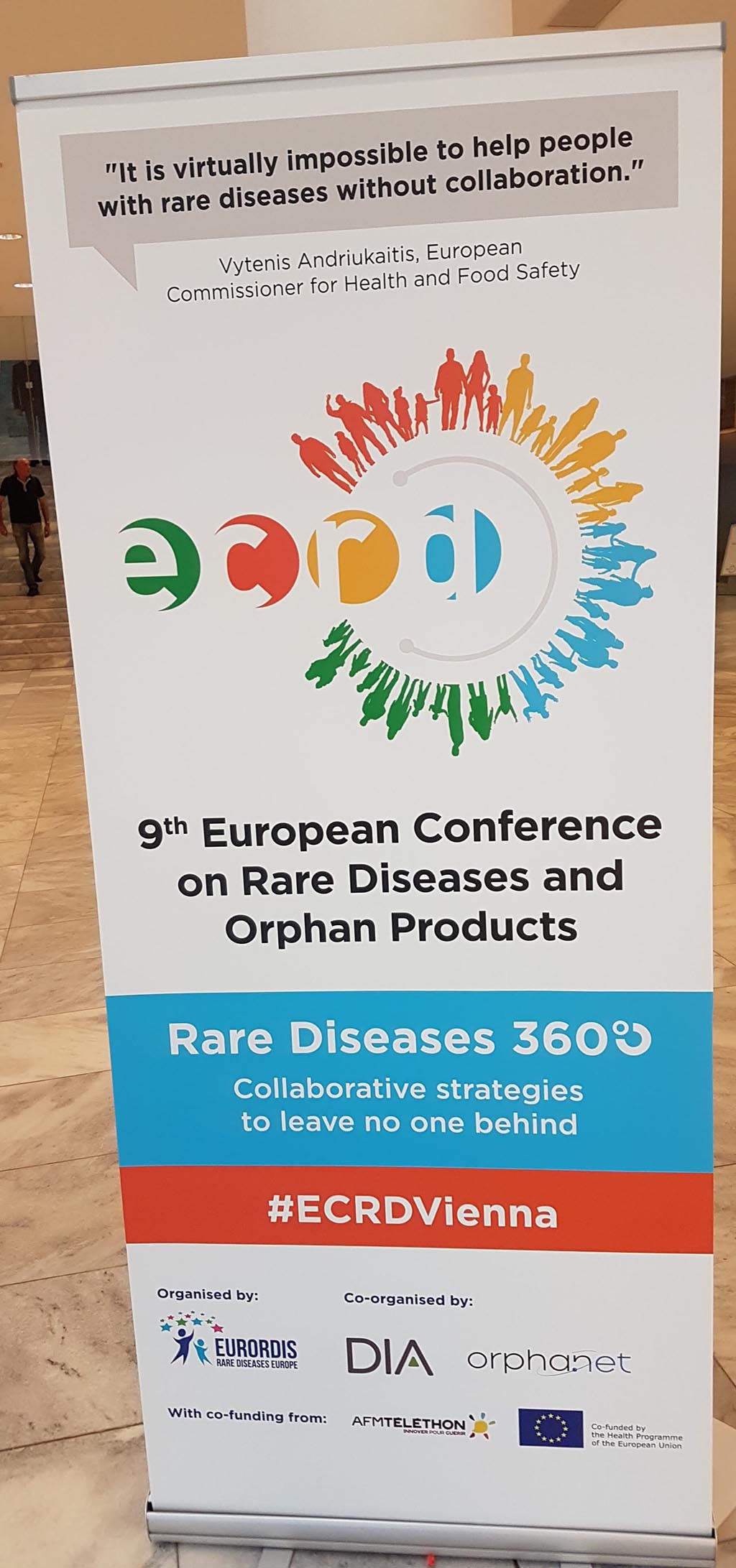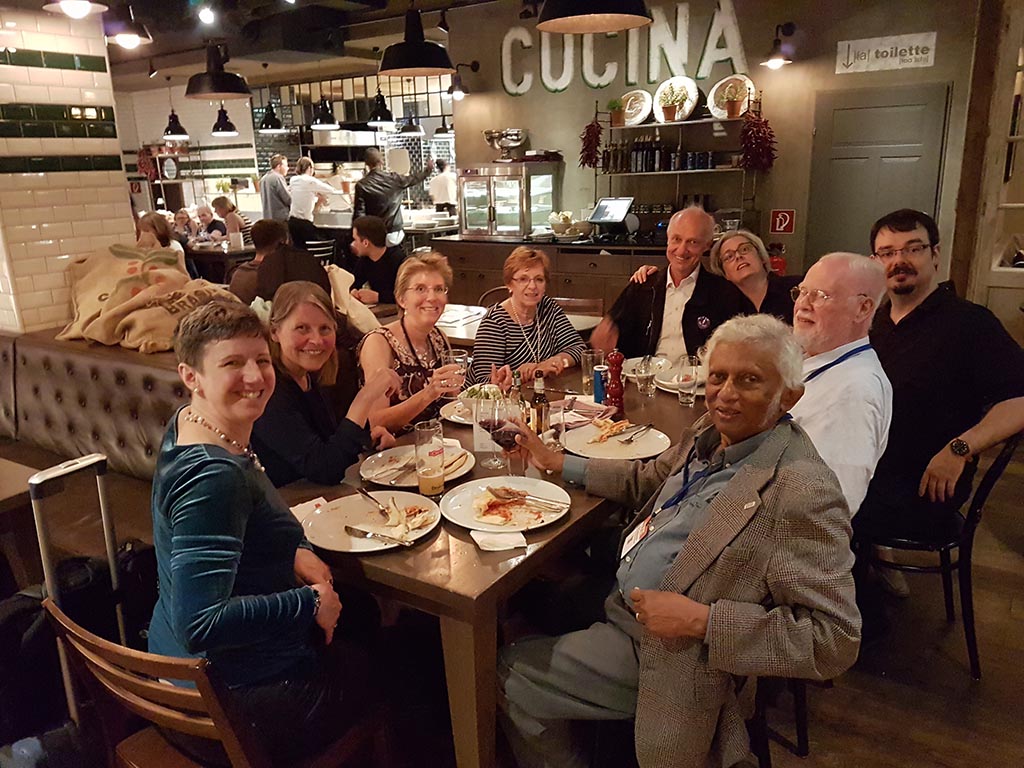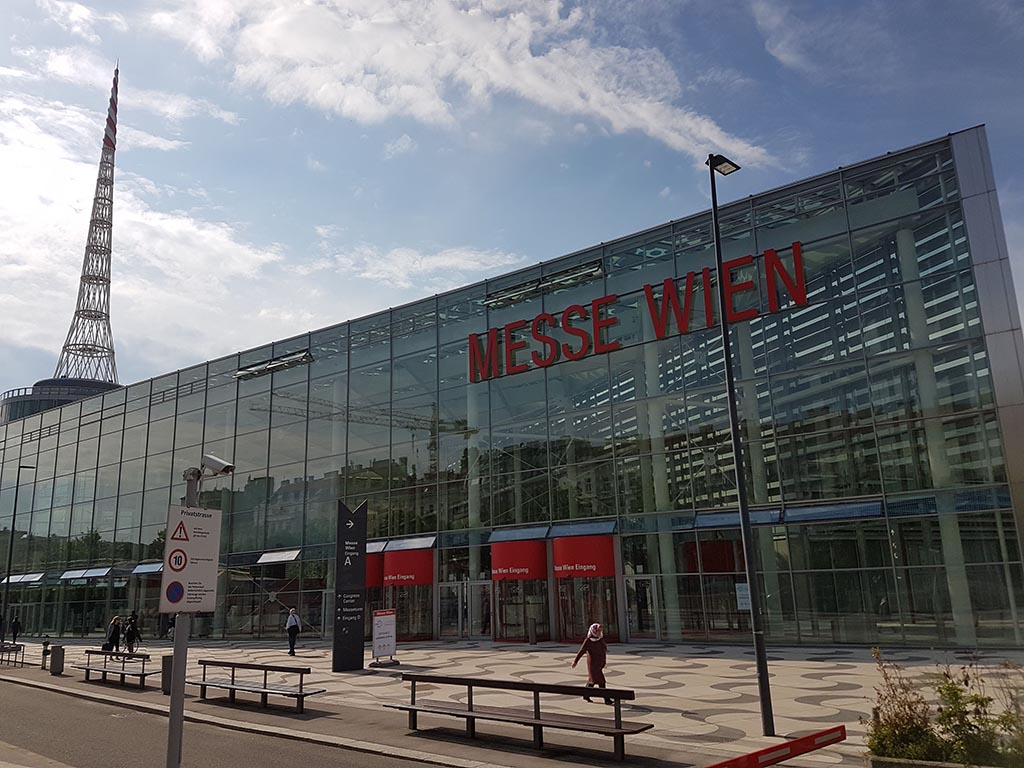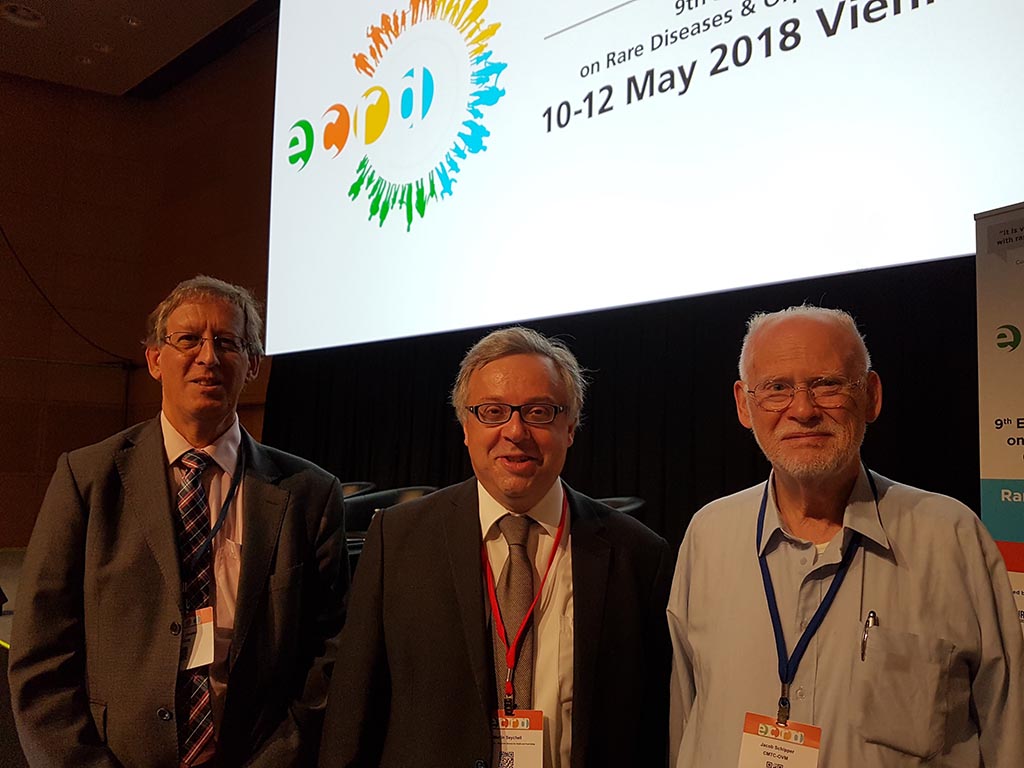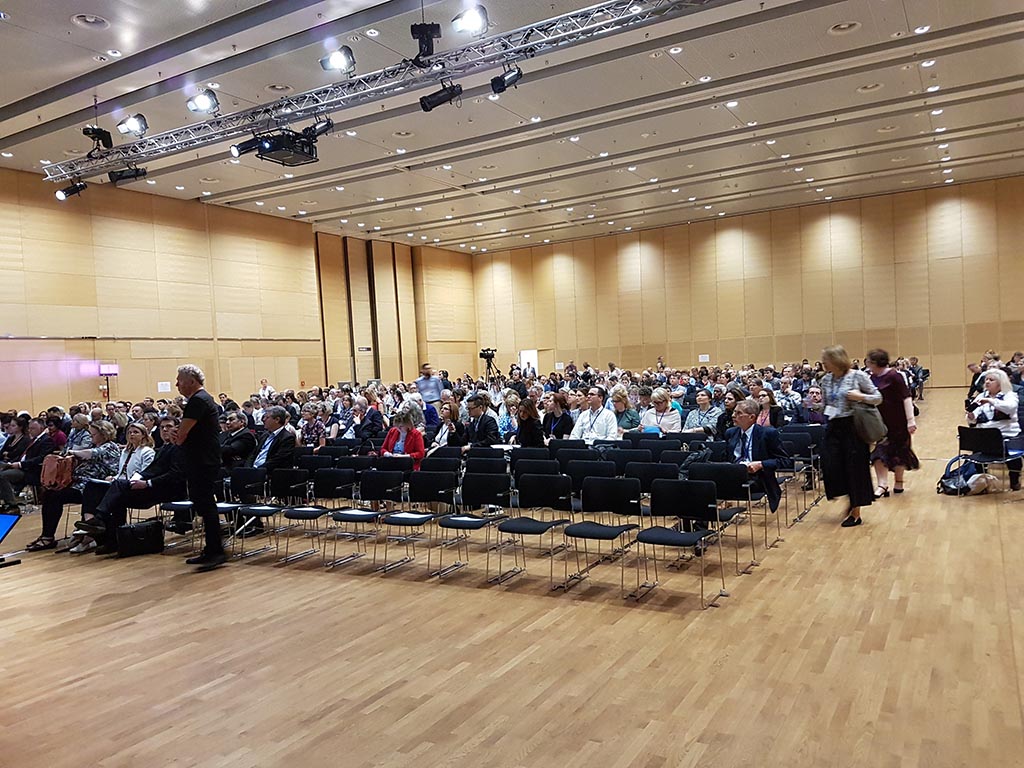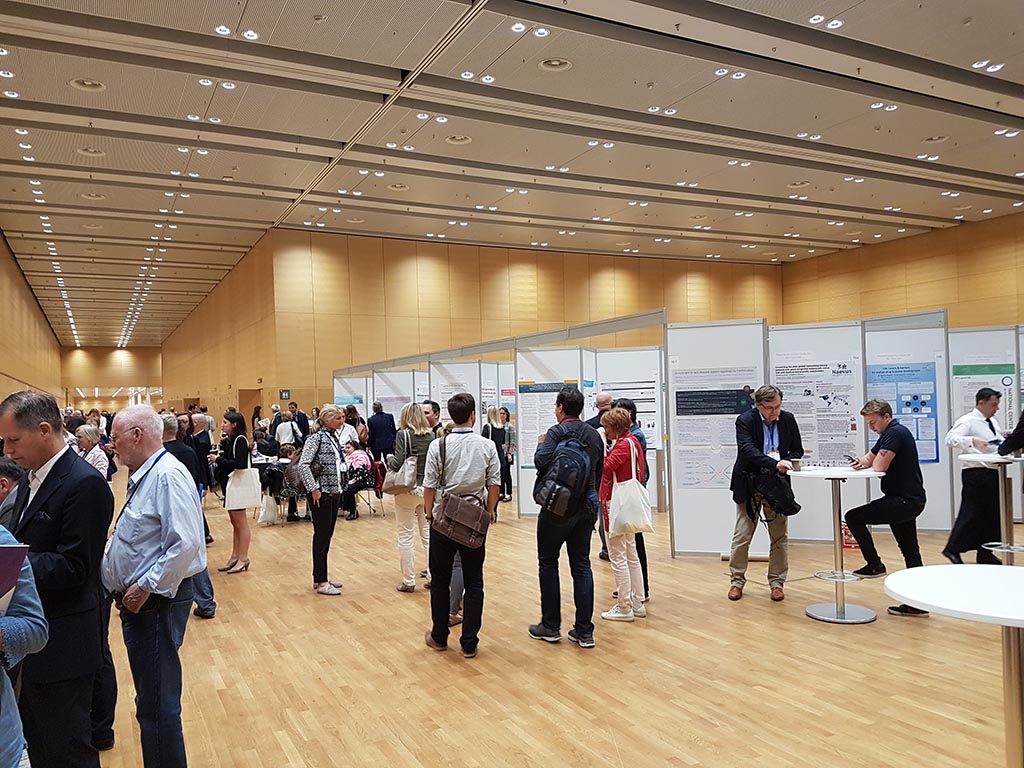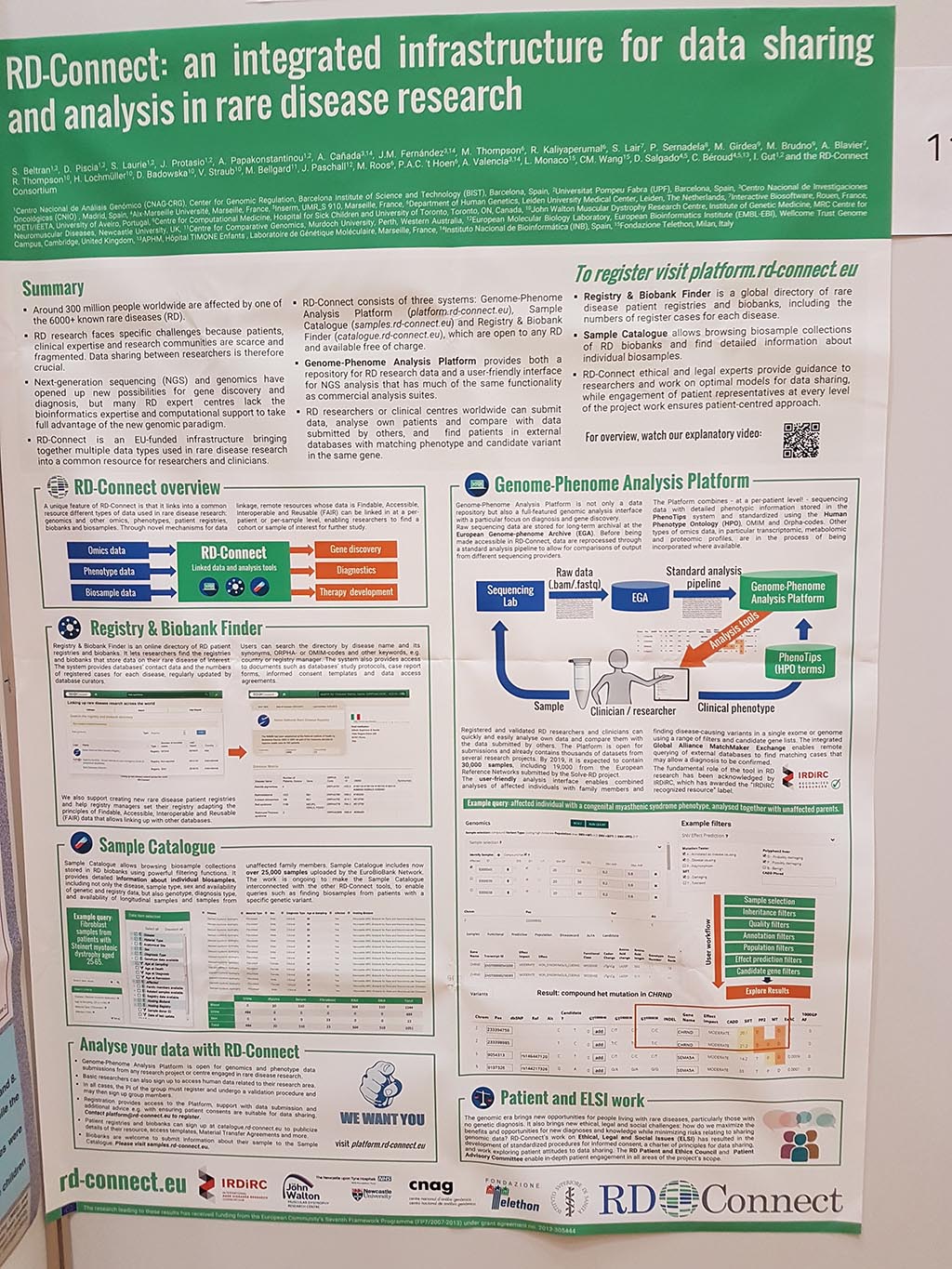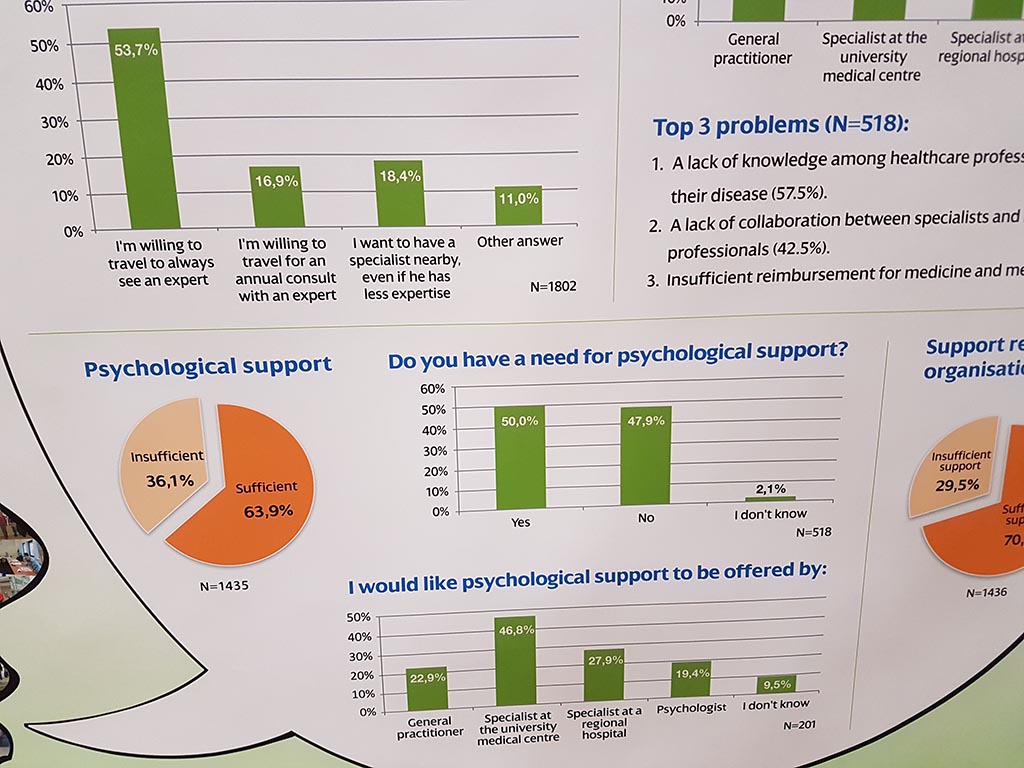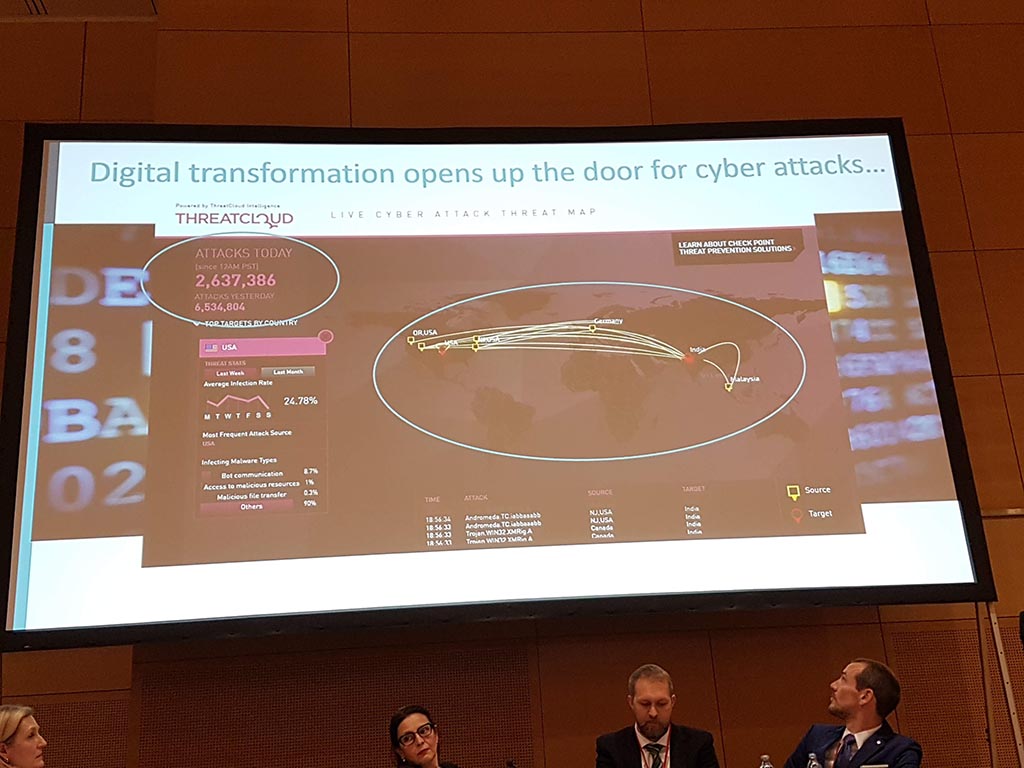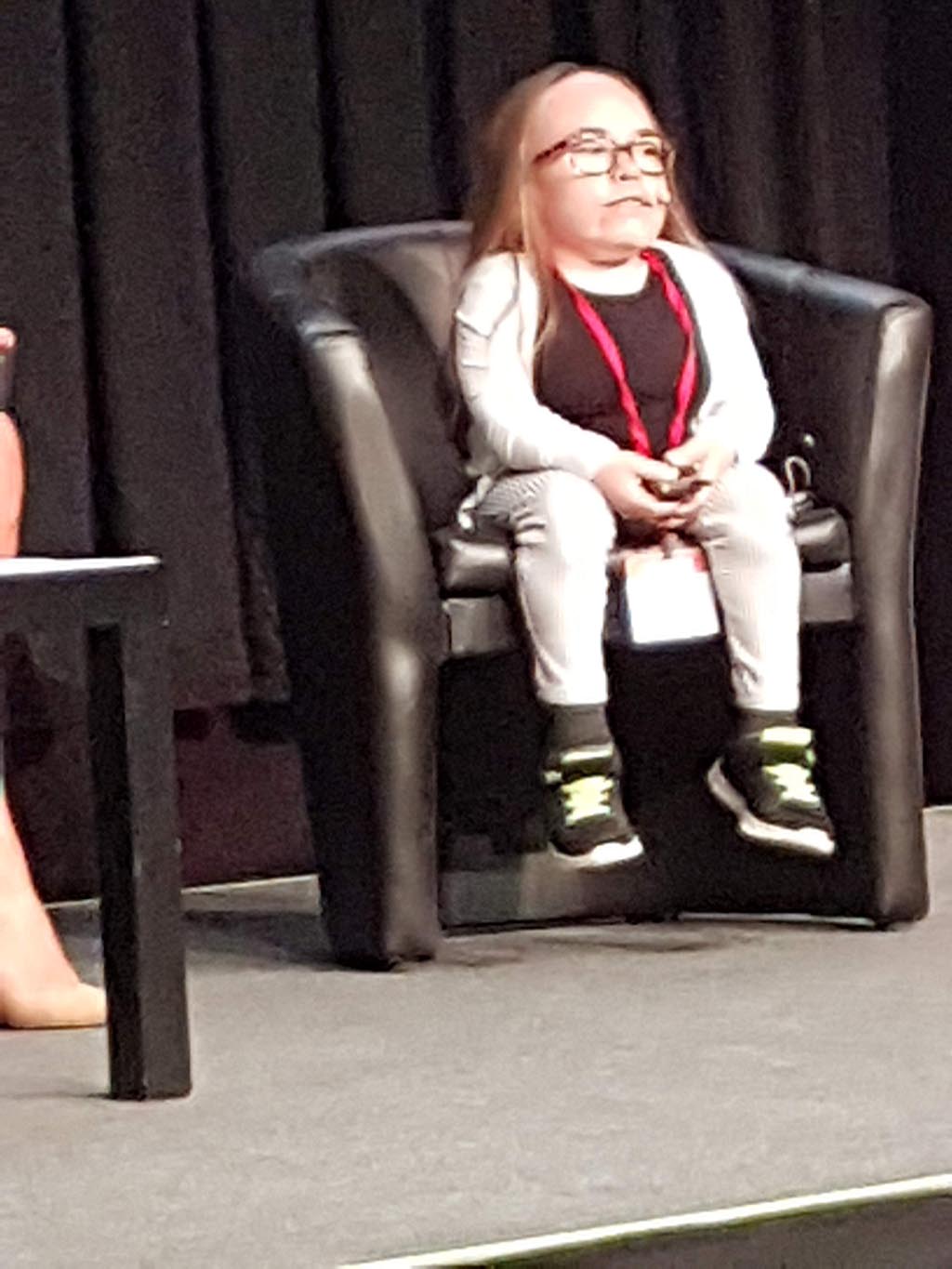From 10 to 12 May 2018, the European Organization for Rare Diseases Eurordis (www.eurordis.org) organized a global conference with the theme ‘collaborative strategies to leave no one behind.
This year was the conference in Vienna. More than 900 people from 58 countries were present and 120 speakers. In addition, there were many poster sessions that are meant to present an organization.
The main theme fell into the following subthemes:
- Breakthrough medicines on the horizon.
- Quality of life: making what matters, matter.
- The digital patient.
- Global rare equity. Are we there yet?
- Economical perspectives in rare diseases.
- Structuring the research and diagnosis landscape.
Jacob Schipper and Lex van der Heijden had previously travelled to meet with our ‘patient advocates’ in Austria, Silke and Alexander Rotter, among others. They have attended our worldwide conference in the Netherlands several times.
ePAG
On 10 May we participated in the European Patient Advocacy Groups (ePAGs) meeting during the morning. We have participated in this meeting with approx. 200 representatives from various ‘advocacy’ groups.
ERN
The development of European Reference Networks (ERNs) was also discussed. The role of ERNs is to link the following parties that are involved in the care of a patient with a rare disease. Consider, for example, healthcare providers in hospitals and researchers. In May 2018 there are 24 ERNs in 26 countries and 300 hospitals are involved in the ERNs.
The conclusions are:
- ERNs are not a program or a project but a concept and represent the European cooperation, sharing and investment in health in the field of collaboration.
- Patients are put in the center and their involvement is crucial for achieving the ERN’s objectives.
- Collaboration between patient representatives is not easy because most patient representatives are used to having contact with only entities with the same interest and expertise.
Changing role patient
Another interesting presentation was about the changing role of the patient in health care. In the past, the medical specialists determined which care was needed and then the patient was told this. Then the patient centered approach was applied. In the new model, the patient is the partner in the treatment team. Here too, it emerged that having access to their own medical data, and also having control over this, is crucial. The patient of tomorrow is:
- Connected which in this context means that he/she can monitor him/her-self (such as blood pressure).
- Better informed through social media and online diagnosis.
- More involved in taking decisions in the field of healthcare.
- Own your own medical information.
Facts rare diseases
Currently, around 7000 rare diseases are described and 300-350 million people are living with a rare disease. Approximately 60% of these diseases begin in childhood and is chronic. Approximately 80% of rare diseases have a genetic cause. It takes an average of 5 years before a patient gets a correct diagnosis. Approximately 40% of rare diseases patients receive a misdiagnosis more than once.
Developments
The developments in our society are very fast and that also applies to health care. The term ‘digital patient’ was also used extensively during this conference. A few examples of developments in health care are described below.
Diagnosis and treatment of diseases at a distance. How often does it happen that a patient has to travel a few hours for a medical consultation that lasts 15 minutes? Make use of artificial intelligence when making a diagnosis where the diagnosis is checked by a doctor.
- Have all medical data available in one place with the patient in control. This problem plays in practically all countries. People with a rare disease often use various care providers that are spread over various hospitals / clinics where each hospital / clinic has its own environment in which the medical data are stored. This data is increasingly being retrieved by a patient himself via an Internet ‘portal’ but the overview is missing.
- Security of medical data is a very important issue! Cyberattacks regularly appear on companies and governments in the news, for example. By making available medical data via the Internet there is also the danger of abuse. To get an impression: in 2016, around 100 million health data records were abused and in 2017 these were around 200 million records. These data are misused for false medication recipes, stealing someone’s identity for medical care under the name of the other person and bullying via the Internet.
- We received a demonstration of the use of artificial intelligence where someone asked questions about a certain condition via the Internet. The answers seemed to be given by a human, but in reality, this was a software application.
- A doctor in Italy has developed an application specifically for smartphones (‘app’) for people with vascular problems and who are looking for the nearest center with that knowledge and experience. When you select a hospital / clinic you not only get contact details but you can also call directly and you will receive a route description.
European Commission
The European Commission was also represented at this conference and has, among other things, developed a ‘single digital market strategy’ with regard to priorities in the healthcare sector.
- Give citizens in the European Union better access to their health data throughout the European Union.
- Use digital services for the ’empowerment’ of citizens and personal care.
- Link and share health data for research, faster diagnosis and better care outcomes.
- Andrus Ansip, vice president of Digital Single Market European Commission, wonders whether Europe needs a fifth freedom and free data traffic.
New contacts
We have also made several new contacts as with Dr. Qi Sun (chairman Chinese organization for rare diseases and with Martin Seychell (Deputy Director-General for Health European Commission).
In addition, we will approach many other organizations that participated in this conference that we, unfortunately, did not meet directly.
All presentations can be found on the Eurordis website

